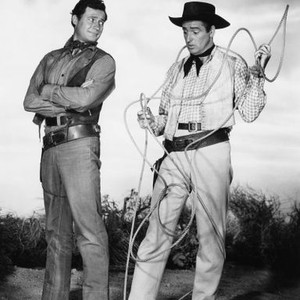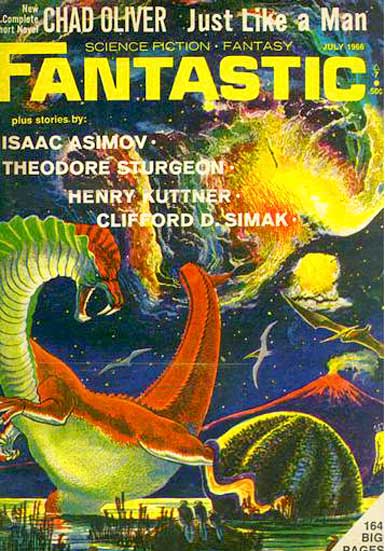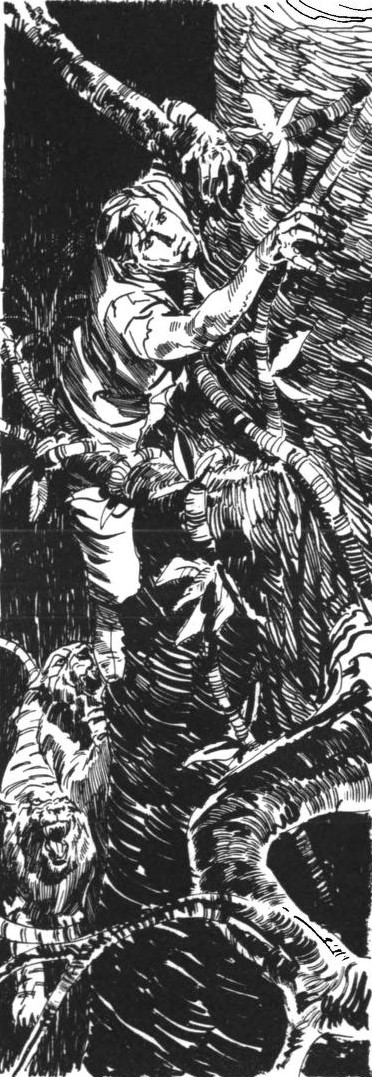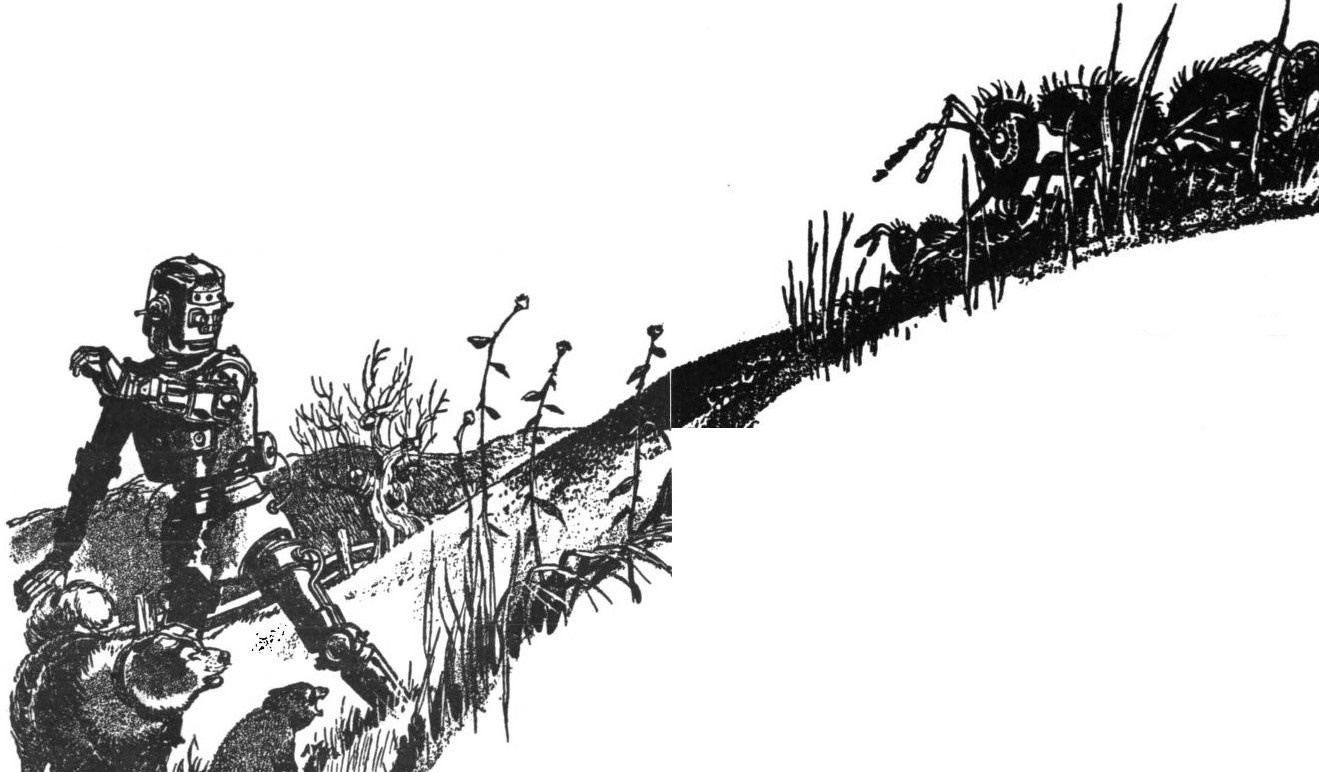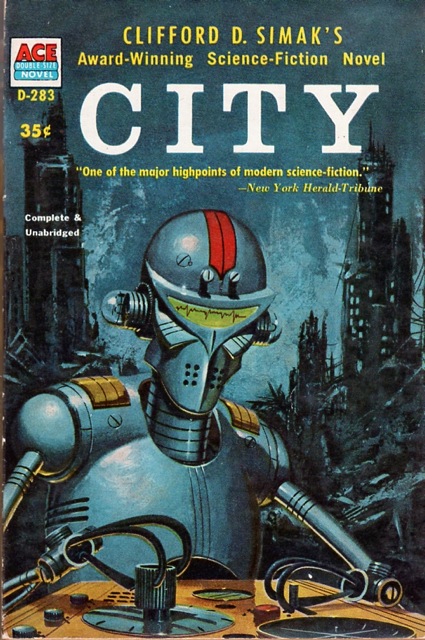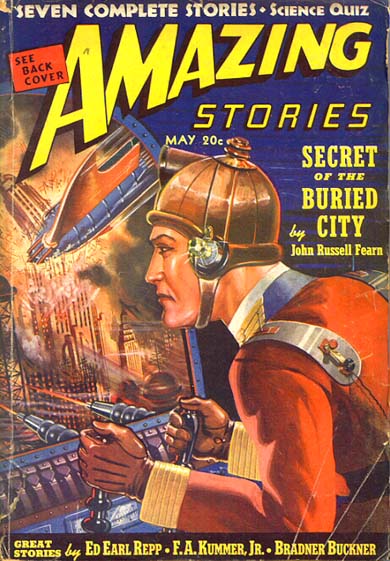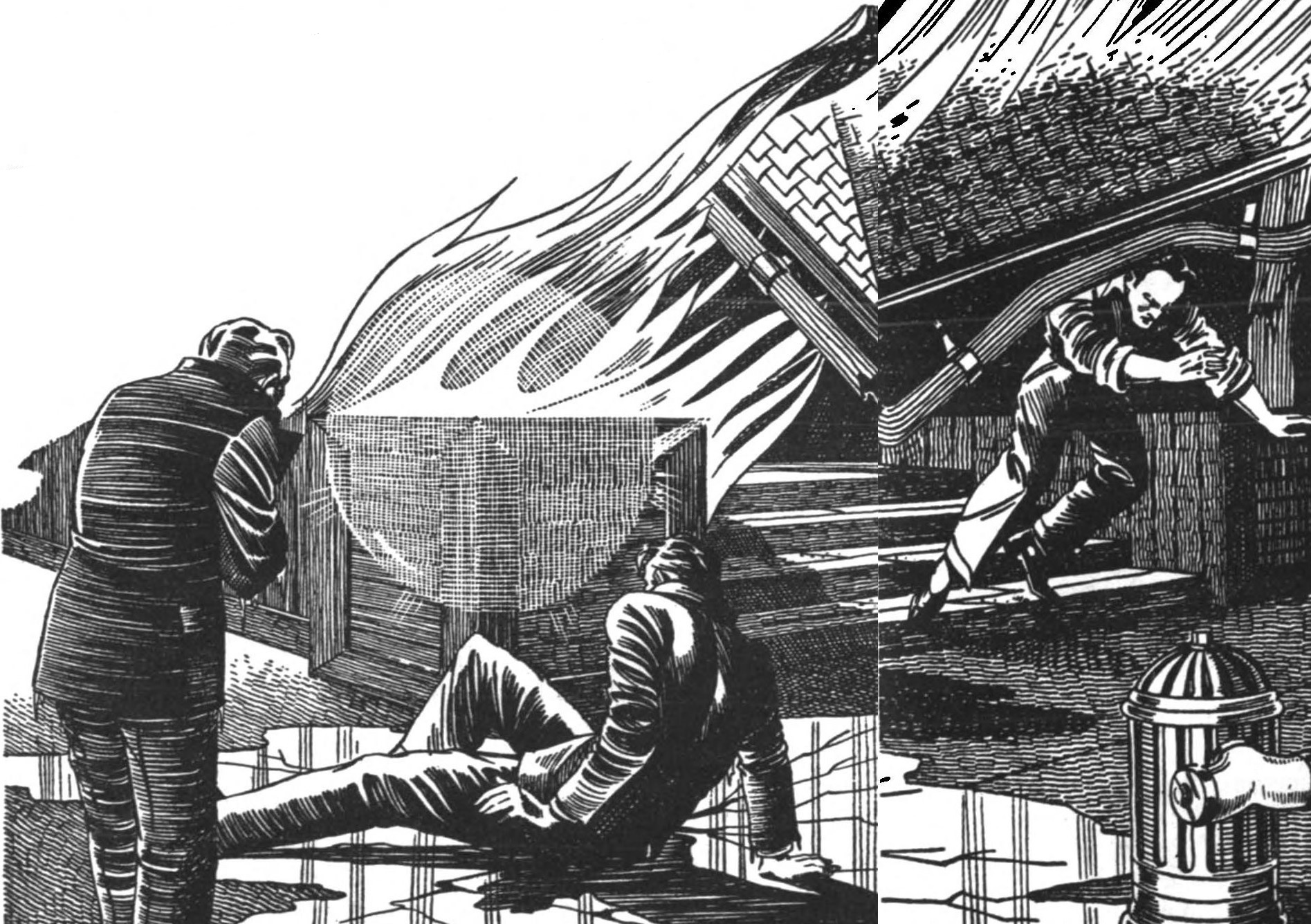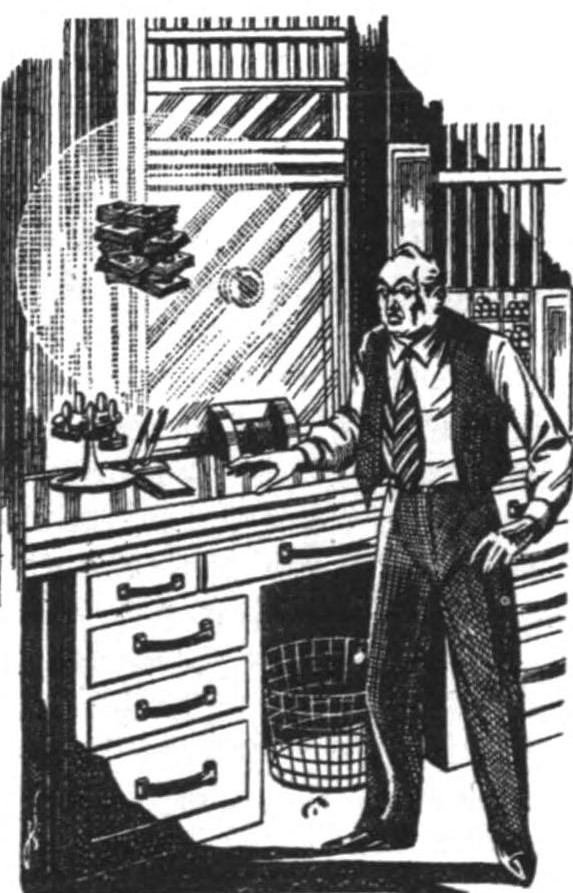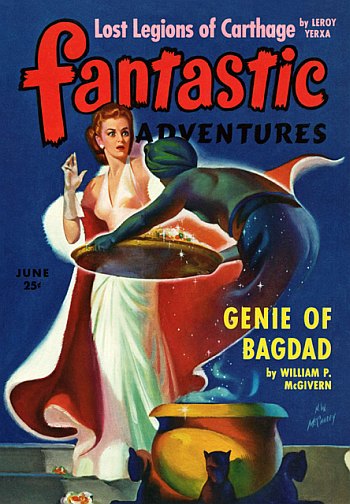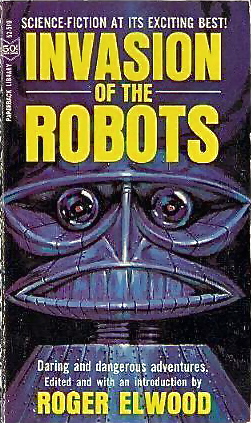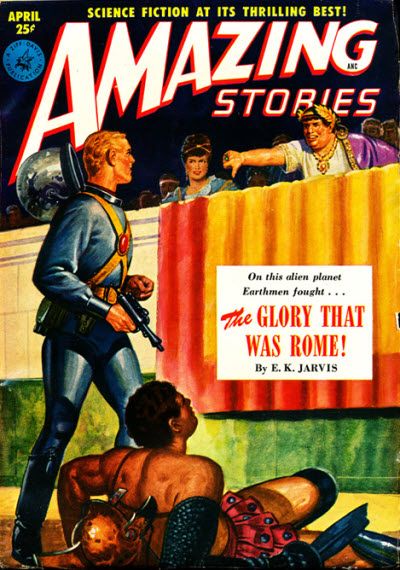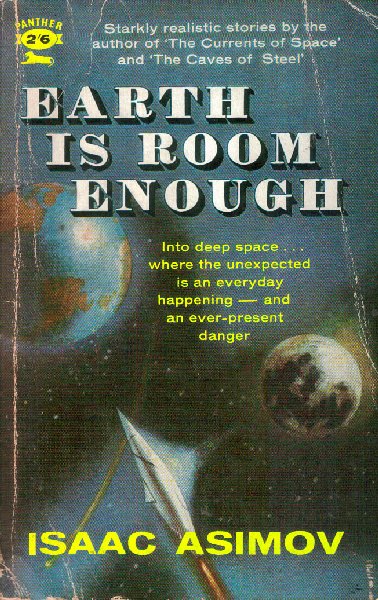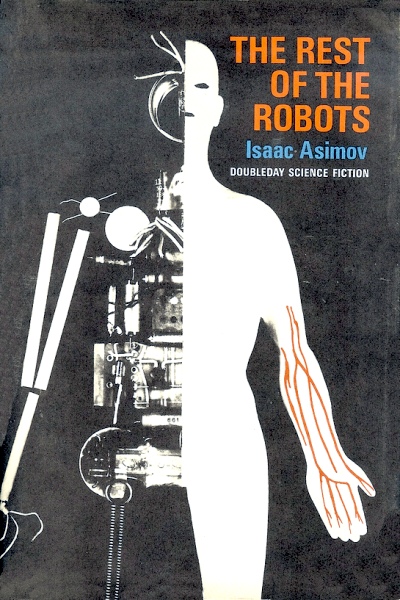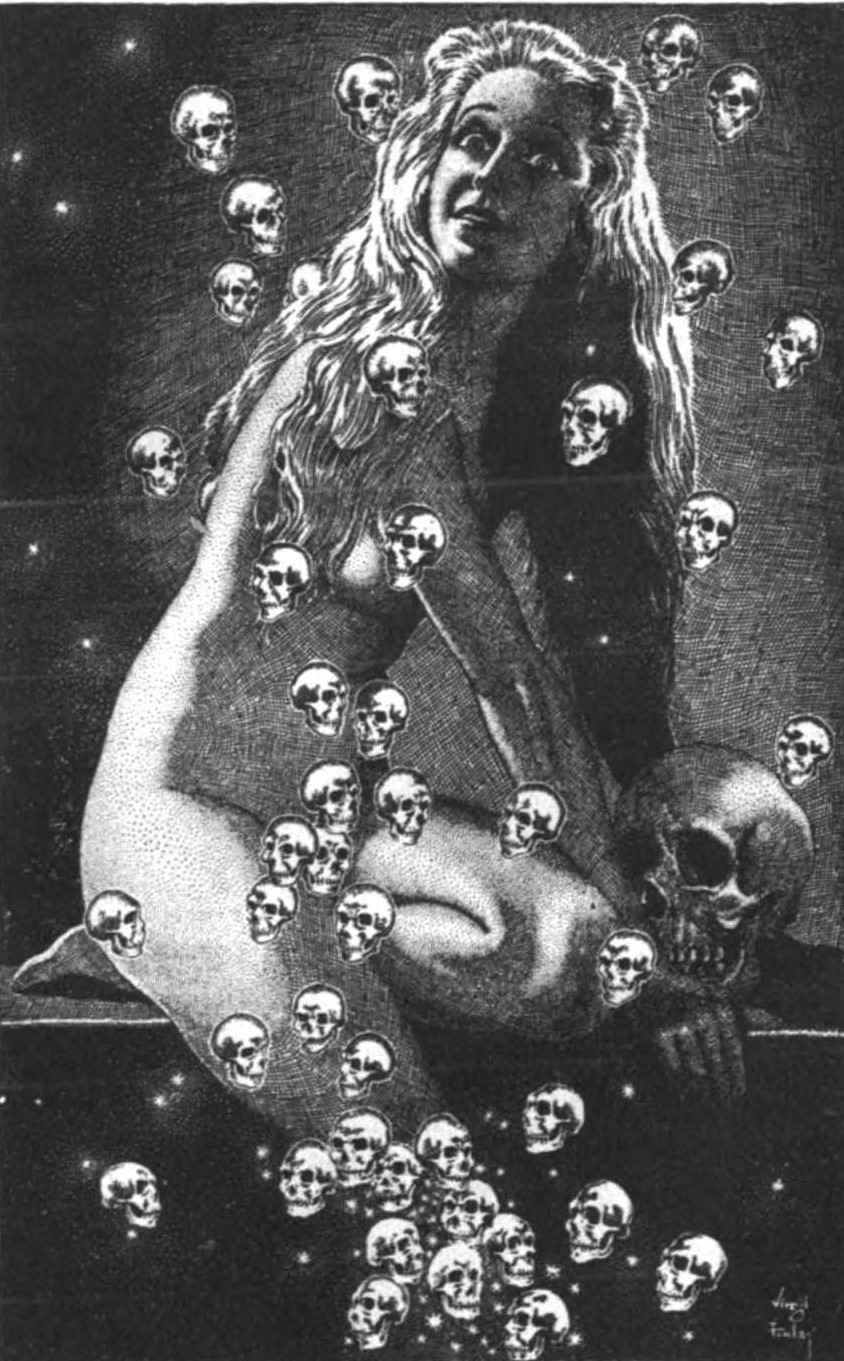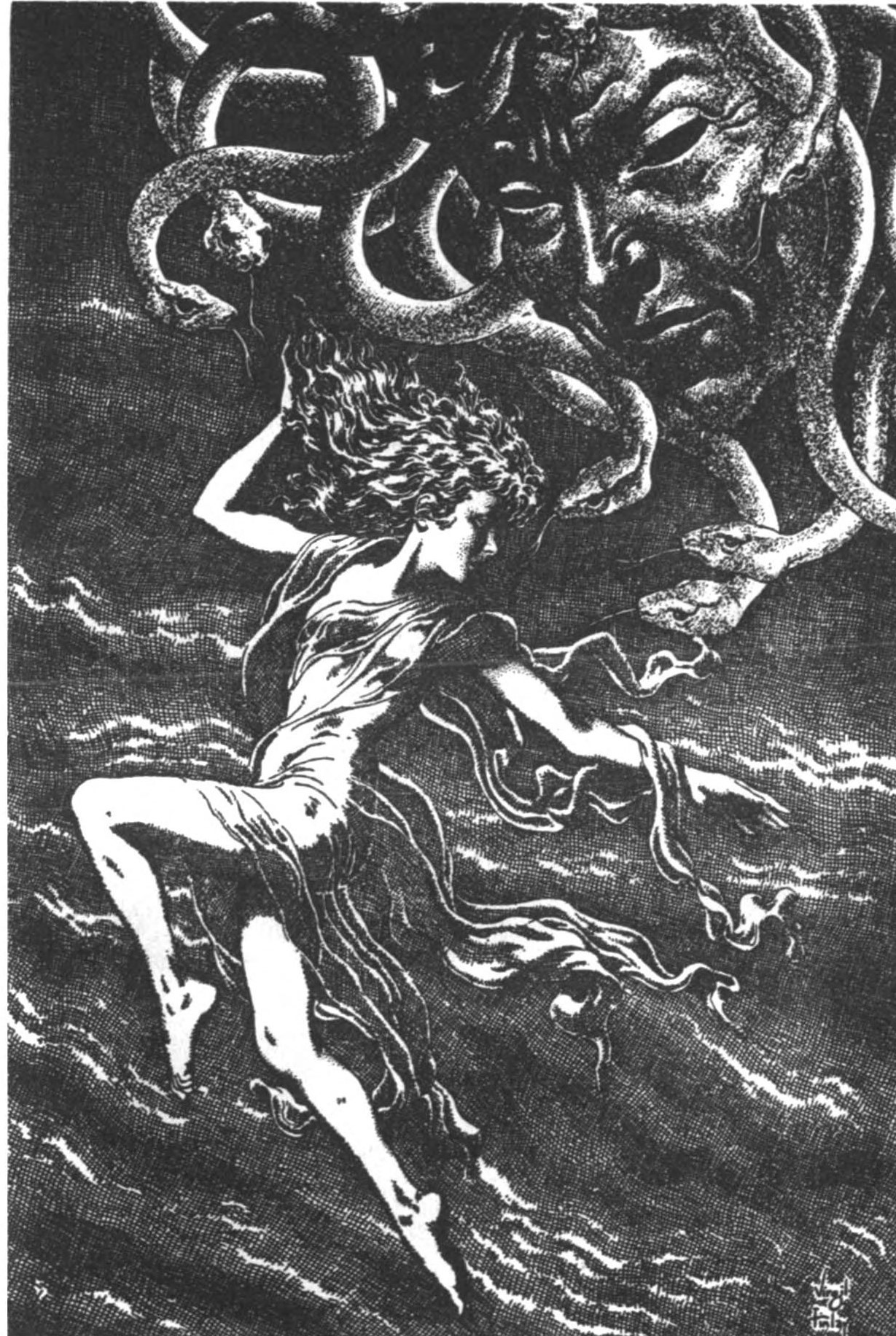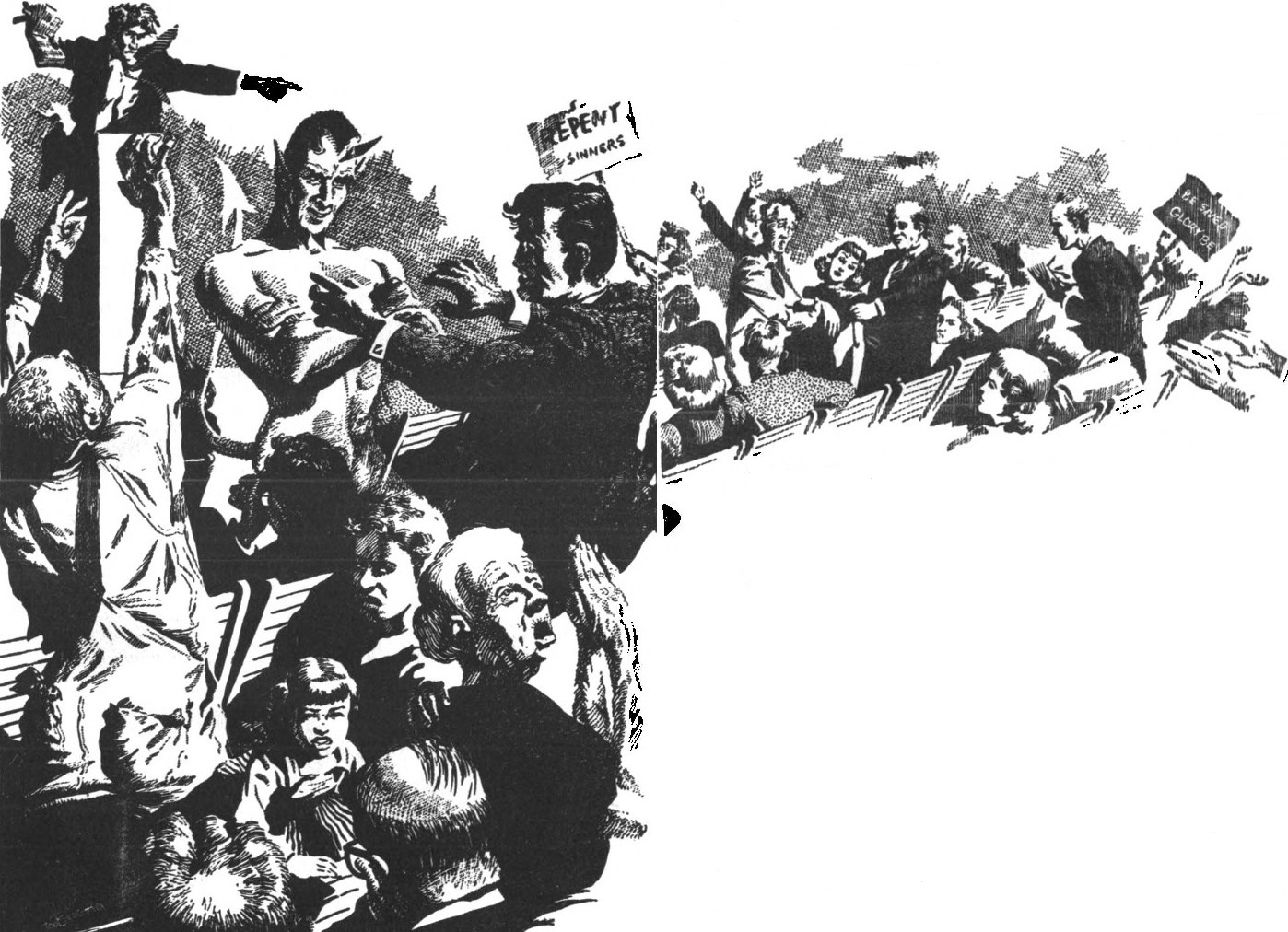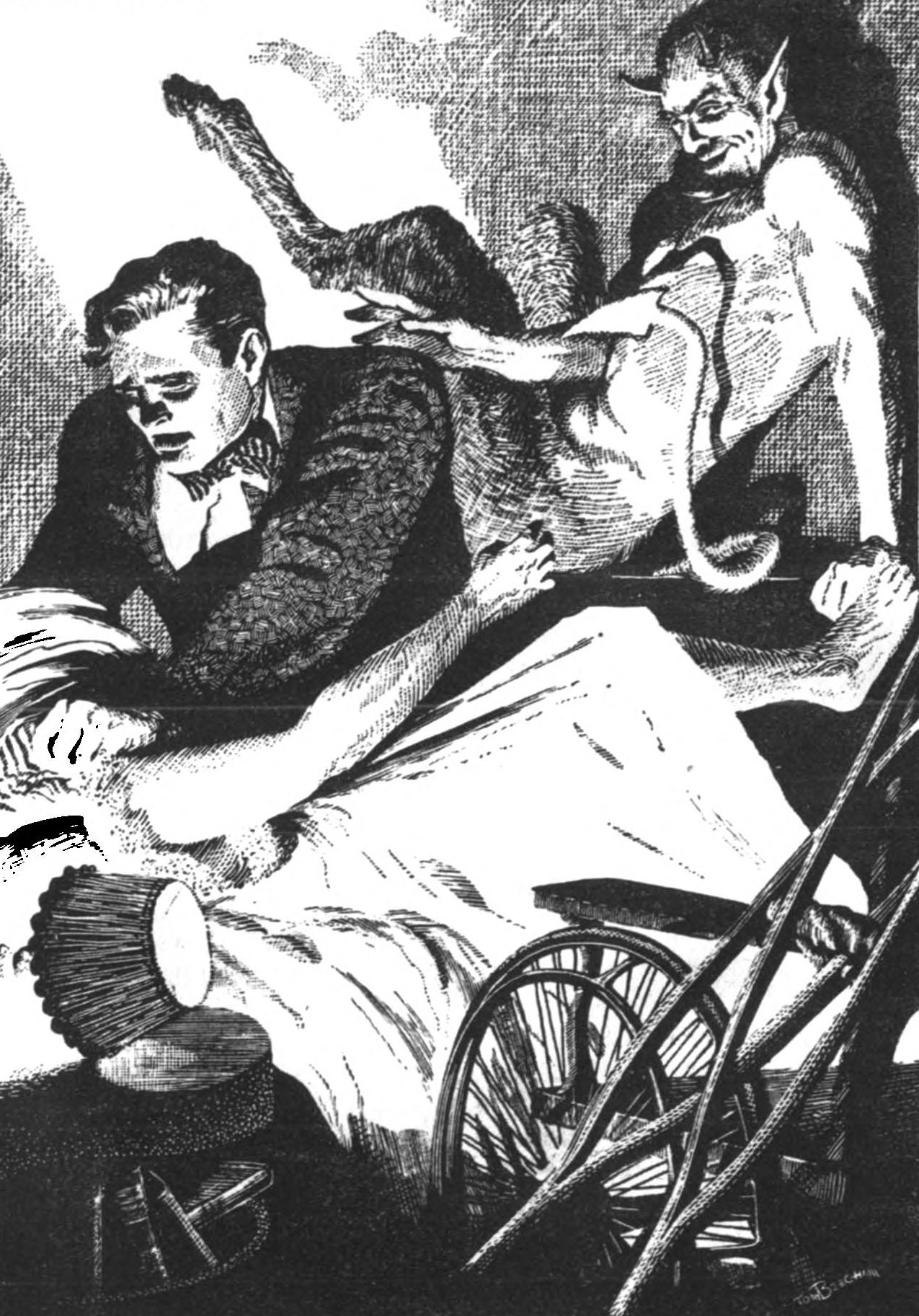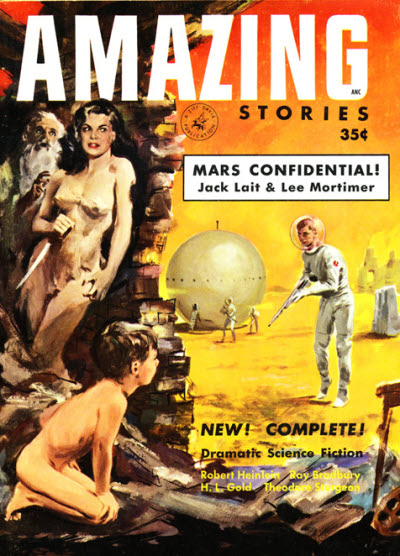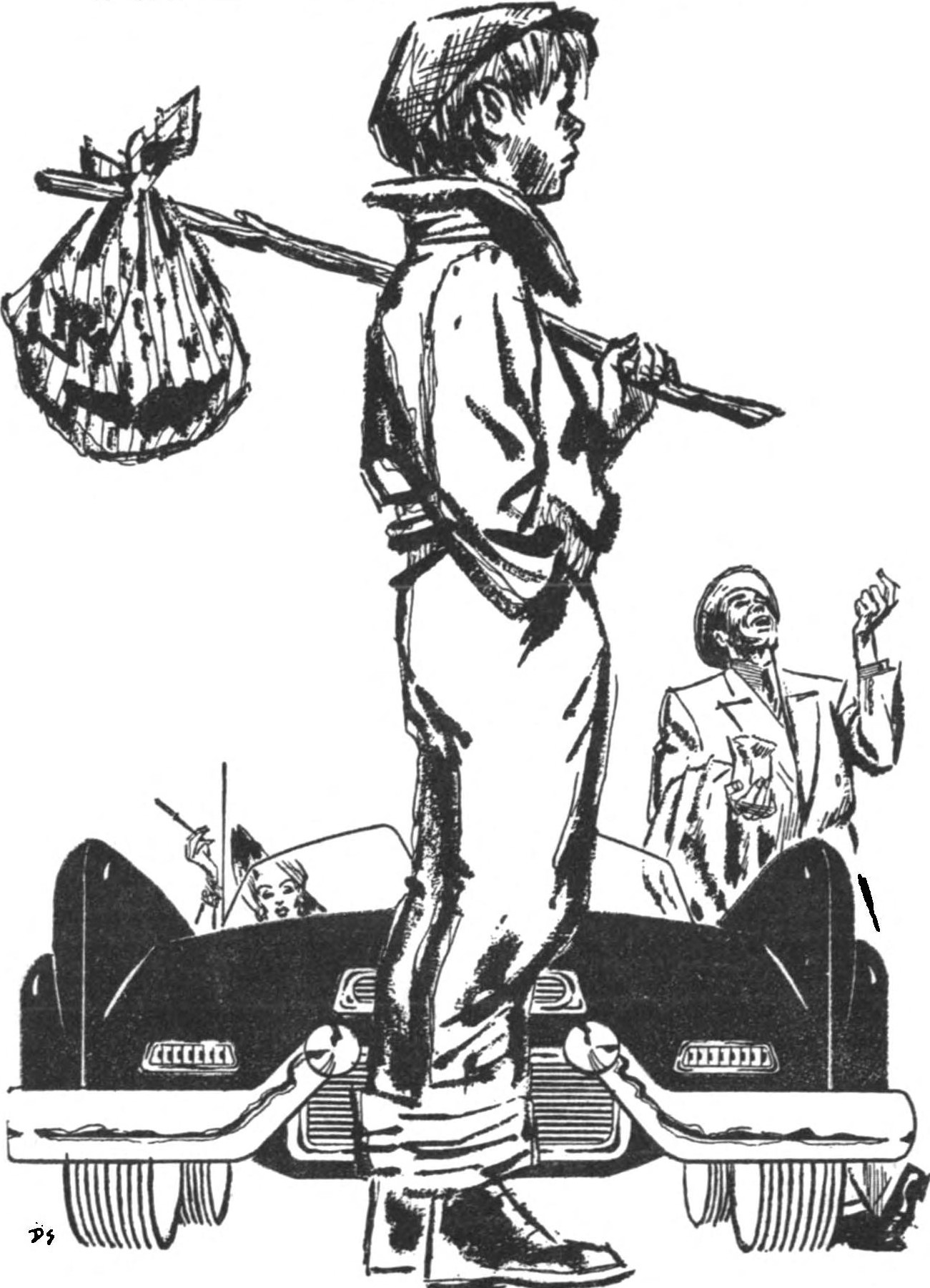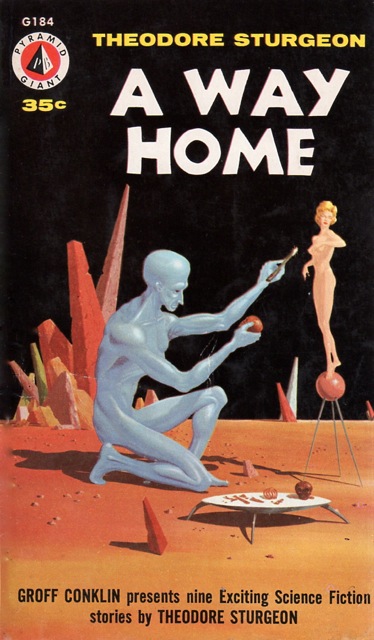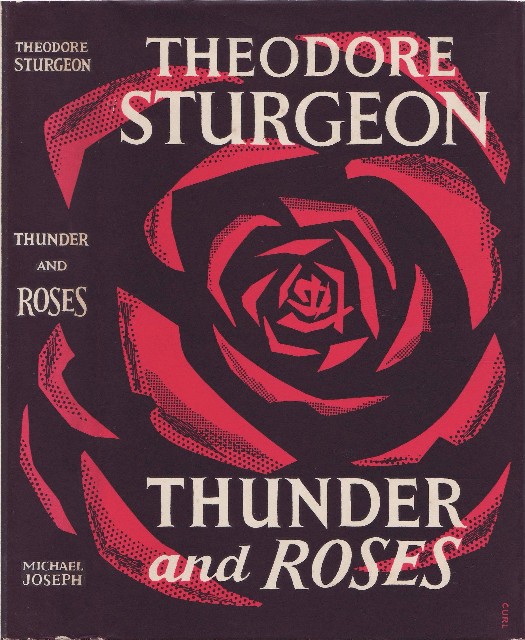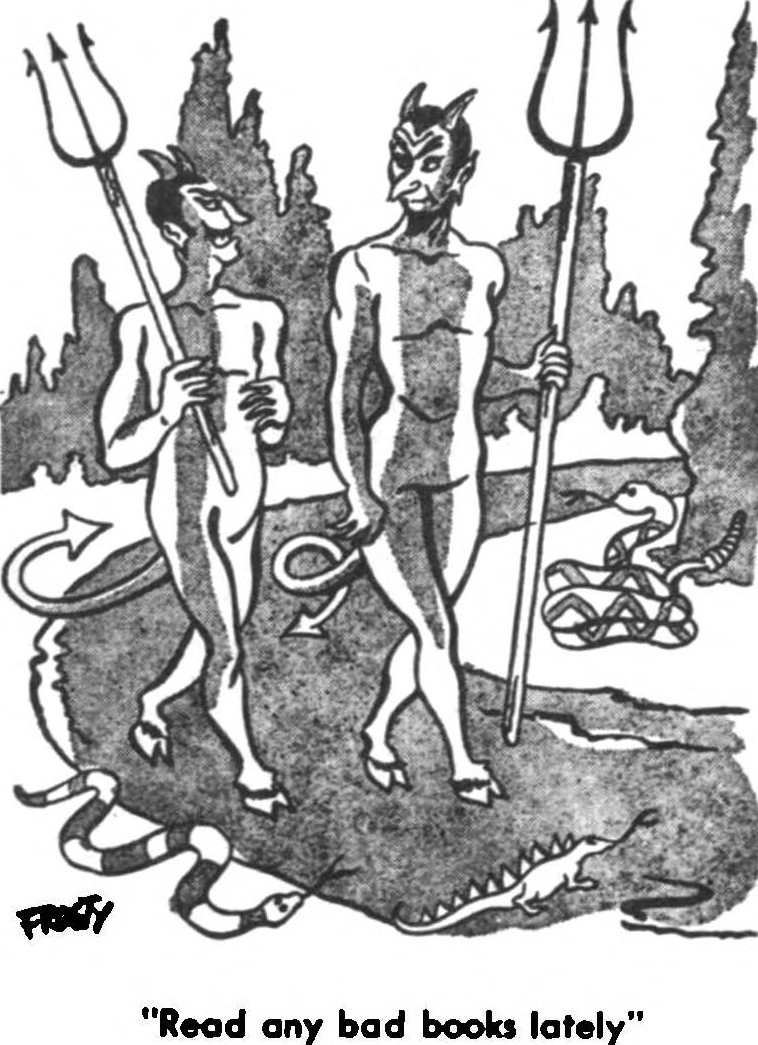
by Victoria Silverwolf
Welcome Back, Comrade
It's been more than a quarter of a century since the Communist Party of the United States ran candidates for President and Vice-President. That was back in 1940, when Earl Browder and James W. Ford were nominated.

They didn't win.
This month, the Party chose Charlene Mitchell and Mike Zagarell for the honor.

Zagarell is technically too young to serve as Vice-President, but I don't think he'll have to face that problem.
Overdue Notice
One month isn't anywhere near as long as twenty-eight years, but the failure of a July issue of Fantastic to hit the shelves of drugstores and newsstands (in June, of course, given the proclivities of the publishing industry) may have caused as much anxiety among readers of imaginative fiction as the lack of a Commie candidate caused in Red voters.
Not to worry. My esteemed colleague John Boston has explained the situation in typically erudite fashion in his latest review of Amazing. I'll wait here while you go take a look.
Ready? Good. Now that we've got that out of the way, let's take a look at the August, not July, issue of Fantastic to see if our patience has been rewarded.

Cover art by Johnny Bruck.
Our first hint that the delay hasn't changed things very much, if at all, is the fact that the cover is once again a reprint from an issue of the popular German space opera serial Perry Rhodan.

The original always looks better.
The Two Best Thieves in Lankhmar, by Fritz Leiber
We begin in promising fashion with our old pals Fafhrd and the Gray Mouser, in another witty and imaginative adventure from the living master of sword-and-sorcery.

Illustration by Jeff Jones.
The two lovable rogues have gotten their hands on some incredibly valuable magic jewels. Each one of them tries to cash in on the stolen goods, making use of different fences.
The Mouser goes to a blind fellow, who has a nubile female assistant. Fafhrd seeks out a woman of mature years, who insists on an intimate encounter before the deal is completed. Suffice to say that things don't work out as they expect.
As you'd expect, this is a beautifully written and highly enjoyable tale. It's a bit lighter in tone that some other stories in the series; an anecdote rather than an epic, perhaps.
As a bonus, the likable character Alyx, created by Joanna Russ, makes a guest appearance. Obviously Leiber approves of the way Russ is influenced by his work, and he has acknowledged this in a gracious manner.
Four stars.
A new writer makes his third appearance in print with this science fiction story. Narrated by a spaceman to an unknown listener over drinks, it tells how an inexperienced crew member got in trouble. It seems he clumsily injured an alien. Put on trial, he is found guilty and punished in a way the aliens can't convey to the humans. He seems perfectly fine, until strange things start happening.
What the aliens did to the fellow is the whole point of the narrative. It's pretty much a puzzle story. For that kind of thing, it's reasonably interesting. It could have appeared in Analog, except for the fact that the aliens aren't shown to be inferior to humans. It's not bad, but not outstanding in any way.
My advice to Mister Tiptree is to keep writing; the man shows promise.
Three stars.
Horror Out of Carthage, by Edmond Hamilton
Here come the reprints. This old-fashioned yarn comes from the September 1939 issue of Fantastic Adventures.

Cover art by Harold W. McCauley.
Our cast of characters includes the manly hero, an older archeologist, and the latter's beautiful daughter. They're on a dig to locate the Temple of Moloch at the site of Carthage.

Illustrations by Jay Jackson.
Right away we're told that the daughter feels as if someone is trying to force her out of her body. It's no surprise, then, when the mind of a woman of the ancient vanished city takes possession of her physical form. Pretty soon our hero's mind goes far back in time to inhabit the body of a Carthaginian man.
The big problem is that Carthage is about to be wiped off the map by invading Romans. (The two folks from the doomed city came forward in time to escape that fate.) Can the hero find a way to save his beloved from being sacrificed to Moloch, and return to his own time with her? Come on, you know the answer to that already.

War, with elephants.
This is a typical old-time pulp adventure story, with characters who are walking archetypes. It's got some vivid scenes, so it's not boring. Carthage is constantly described as a wicked, barbaric place. That sounds more like Roman propaganda than accurate ancient history, but I'm no expert.
Worth a look for nostalgia buffs.
Three stars.
The Supernal Note, by Rog Phillips
The July 1948 issue of Amazing Stories supplies this unusual work.

Cover art by Arnold Kohn.
A mysterious entity sends a musical note from an ethereal realm to the material world. In mundane reality, a man strikes up a conversation with an airline stewardess. They are obviously attracted to each other, but eventually go their separate ways.

Illustration by William A. Gray.
This is a very strange story, and I have described it badly. The author creates a highly detailed mythological background, much of it difficult to comprehend. I'm not really sure what he's getting at. Did the musical note cause the pair to fall in love?
I found this peculiar tale rather haunting, if confusing. It's definitely not the same old thing, anyway.
Three stars.
When Better Budgies Are Built, by Bryce Walton
The November 1952 issue of Fantastic Adventures is the source of this futuristic farce.

Cover art by Robert Gibson Jones.
The narrator is a vacuum cleaner salesman. He gets pulled into the future by a guy using a forbidden time machine. It seems that two rival merchandisers, the only ones left in this new version of the USA, are about to start selling gizmos that will supply everything that anyone could want, for a price. The problem is that one of the corporations has an army of robots who are able to sell anything to anybody.

Illustration by William Slade.
What makes this even more alarming is the fact that the head of the company is a would-be dictator planning to use the robots to sell people on the idea that he should be their leader. In exchange for a piece of future technology that will make him rich when he goes back to his own time, the narrator figures out a way to defeat the irresistible robot salesman.
Pretty silly stuff, really. The plot depends on the robots being absolutely perfect at selling merchandise and ideas, without any clue as to how they do this. We don't get to find out what the narrator earns for his service, either.
The ending makes use of a stereotype about women that is more goofy than offensive.
Two stars.
The Frightened Planet, by Sidney Austen
This two-fisted, he-man yarn comes from the October 1948 issue of Amazing Stories.

Cover art by James B. Settles.
A Cro-Magnon runs away from his tribe after a fight with the bullying leader. He witnesses a sphere arrive and discharge two men and a woman. After saving the trio from a wolf, he jumps into the vessel to escape a sabretooth tiger. The four go off to another planet.

Illustration by J. Allen St. John.
The folks on this world are under attack by green monsters. The Cro-Magnon defeats the creatures easily, while the effete males around him cower in fear. Naturally, the woman is instantly attracted to his manliness.
The author is obviously trying to promote the idea that men should be fearless warriors. The Cro-Magnon's contempt for the decadent males surrounding him is evident, and the author appears to share it.
Even if I ignore all that, as an adventure story it failed to hold my interest. There are parts of it where there seems to be something missing; one scene jumps to another without any kind of transition.
One star.
You Could Be Wrong, by Robert Bloch
Here's a tale of paranoia from the March 1955 issue of Amazing Stories.

Cover art by Ed Valigursky.
A guy gets fed up with everything being fake. He goes on and on about this, until his exasperated wife calls in a buddy to talk some sense into him.

Illustration by Virgil Finlay.
The two fellows argue about stuff being phony for a while. The guy reveals what he thinks is behind all these ersatz things. There's a twist ending you'll see coming a mile away.
Definitely a one idea story. It's like one of Philip K. Dick's what-is-reality tales, with all the subtlety and complexity surgically removed. Or maybe it's more like a clumsy version of Robert A. Heinlein's famous solipsistic nightmare They.
Anyway, not very good.
Two stars.
No Head for My Bier, by Lester del Rey
This screwball comedy comes from the September 1950 issue of Fantastic Adventures.

Cover art by Robert Gibson Jones.
A nutty scientist uses a gizmo to remove an actor's head, as far as anybody can tell. Apparently he can still talk and breathe and such. He tells the actor to get a job without his handsome face within a month, or stay that way forever.

Illustration by Robert Gibson Jones also.
The actor's head is stored, in some way or other, like a photographic negative. Only pure alcohol can make it go back to normal. Let's just say that beer and a cat are involved in the ridiculous climax.
This thing is even more of a lunatic romp than I have indicated. The nutty scientist does all kinds of impossible things, from teleportation to literally flying.
Of possible interest to fans of pure wackiness.
Two stars.
The Wrong People, by Ralph Robin.
Yet another comedy, from the November/December 1953 issue of the magazine.

Cover art by Vernon Kramer.
A married couple who pretty much dislike everything, including each other, inadvertently conjure up a being from somewhere else in space and time. The creature is friendly enough, it seems, even if it scares the daylights out of the humans at first.

Illustration by Ed Emshwiller.
After they calm down, they think it's some kind of genie or something, ready to offer them whatever they want. This misunderstanding doesn't end well, leading to a shockingly gruesome conclusion.
There seems to be a touch of satire here, although you have to dig deep to find it. The sudden change in mood at the end really threw me for a loop.
Two stars.
Edgar Rice Burroughs' The Princess of Mars, by Charles R. Tanner
The author retells the story of ERB's famous novel in the form of a humorous poem.

Illustration by Jim.
I found it too sophomoric for my taste in literary spoofing. I may be prejudiced, as I am not a fan of Burroughs.
One star.
Worth Waiting For?
This issue started off well, but quickly sank into mediocrity and lousiness. Amazing and Fantastic seem to have reached the bottom of the barrel when it comes to reprints. Too much thud-and-blunder adventure, too much stupid comedy. It's enough to make you sick.

Cartoon by Frosty, from the same issue as Ralph Robin's story.

![[July 14, 1968] Long Time No See (August 1968 <i>Fantastic</i>)](https://galacticjourney.org/wp-content/uploads/2023/06/COVER-2-672x372.jpg)

![[January 16, 1968] Worthy programming (February 1968 <i>Galaxy</i>)](https://galacticjourney.org/wp-content/uploads/2023/01/680110cover-672x372.jpg)














![[December 28, 1967] Stumbling Bloch (<i>Star Trek</i>: "Wolf in the Fold")](https://galacticjourney.org/wp-content/uploads/2022/12/671228title-672x372.jpg)

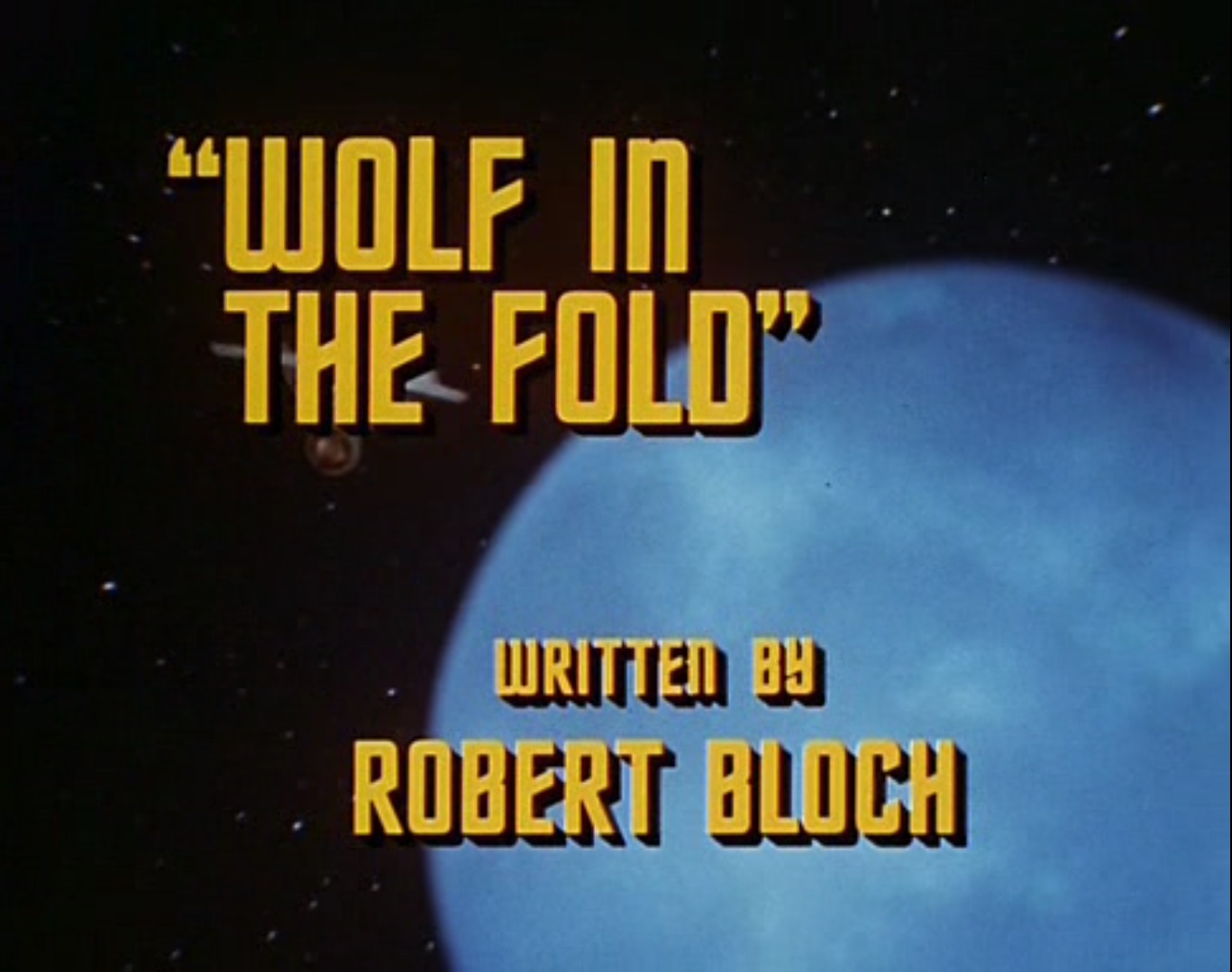
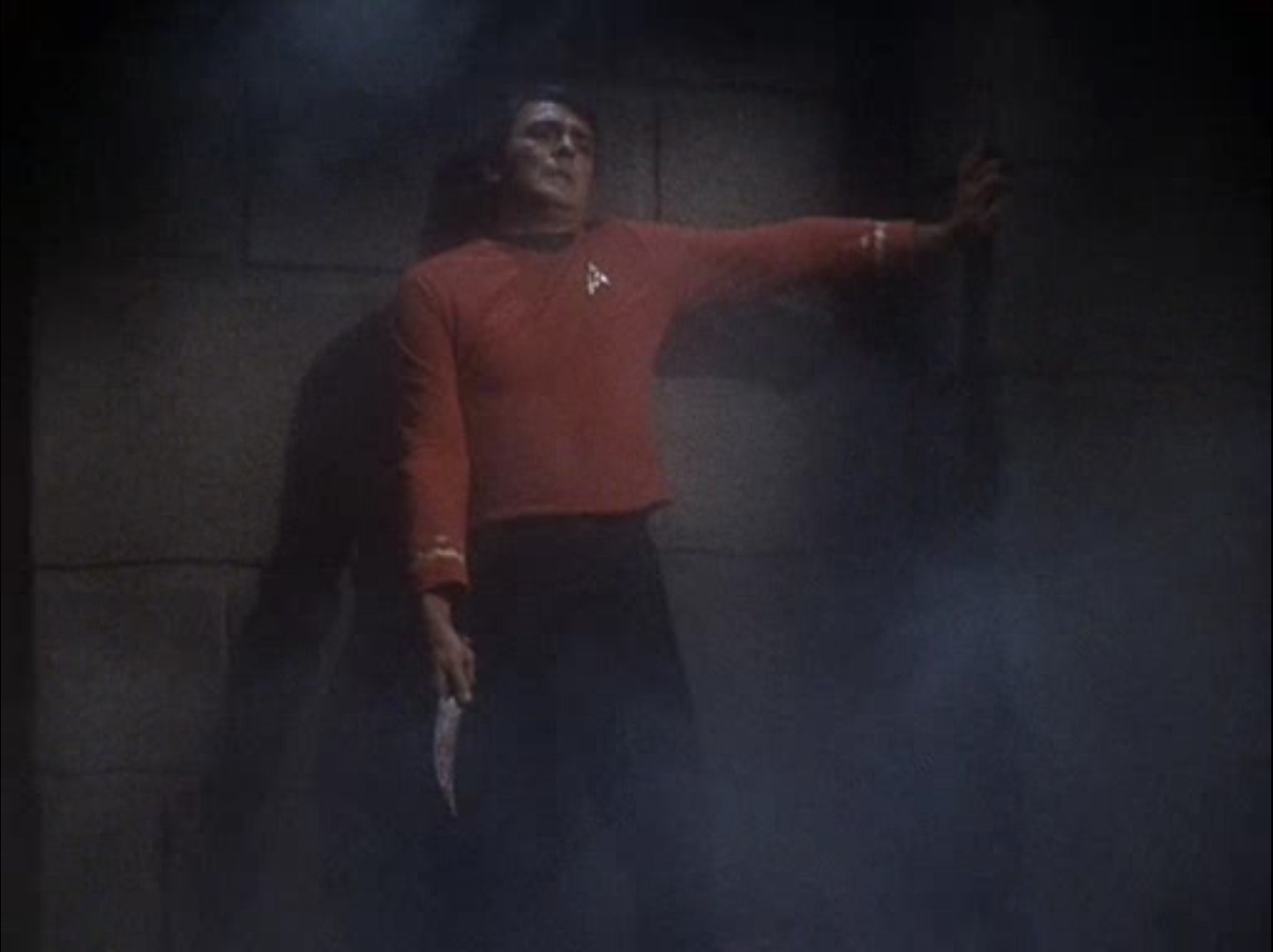
![[November 2, 1967] Trouble and Toil (<i>Star Trek</i>: Catspaw)](https://galacticjourney.org/wp-content/uploads/2022/10/671102title-672x372.jpg)

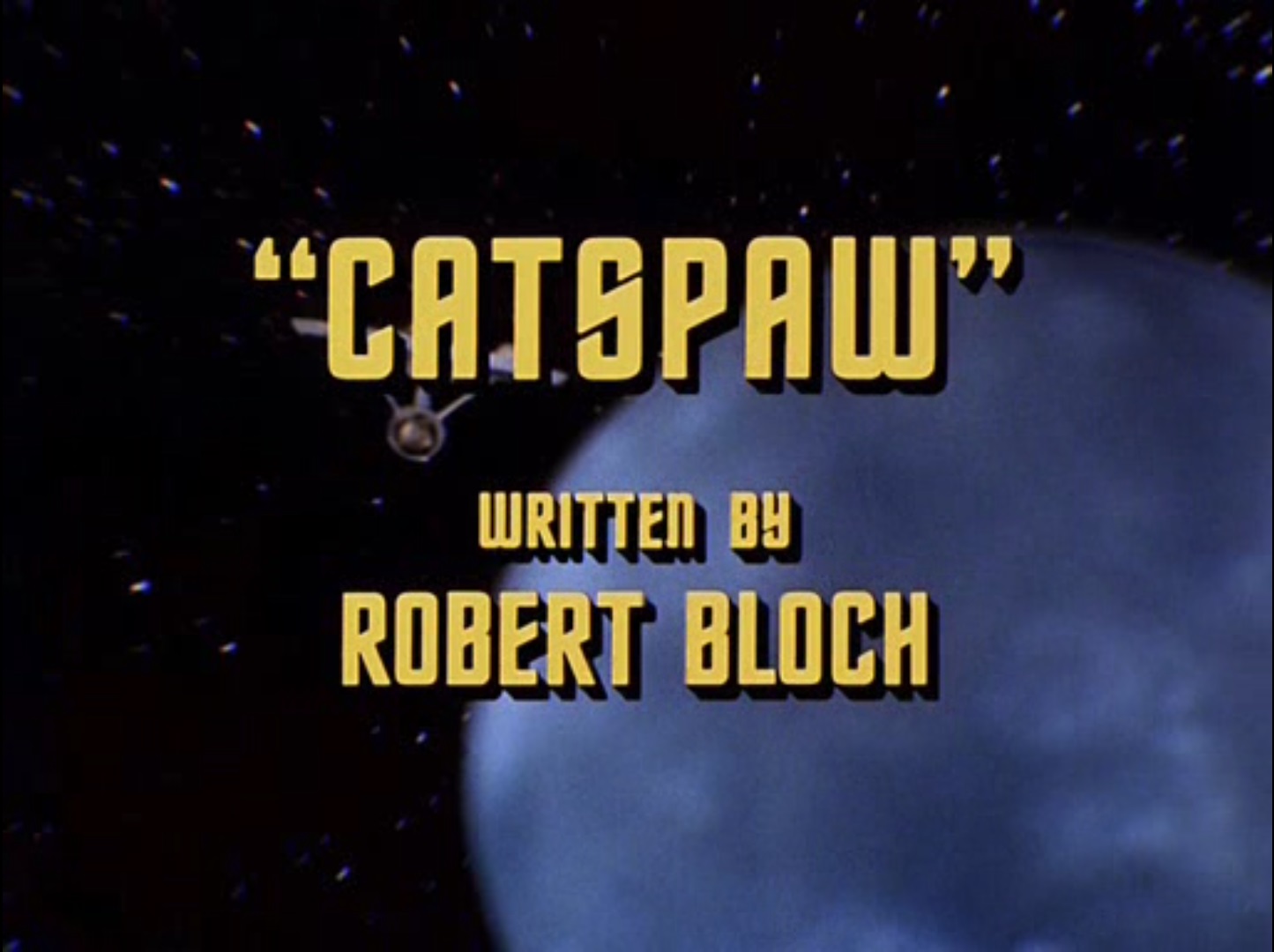
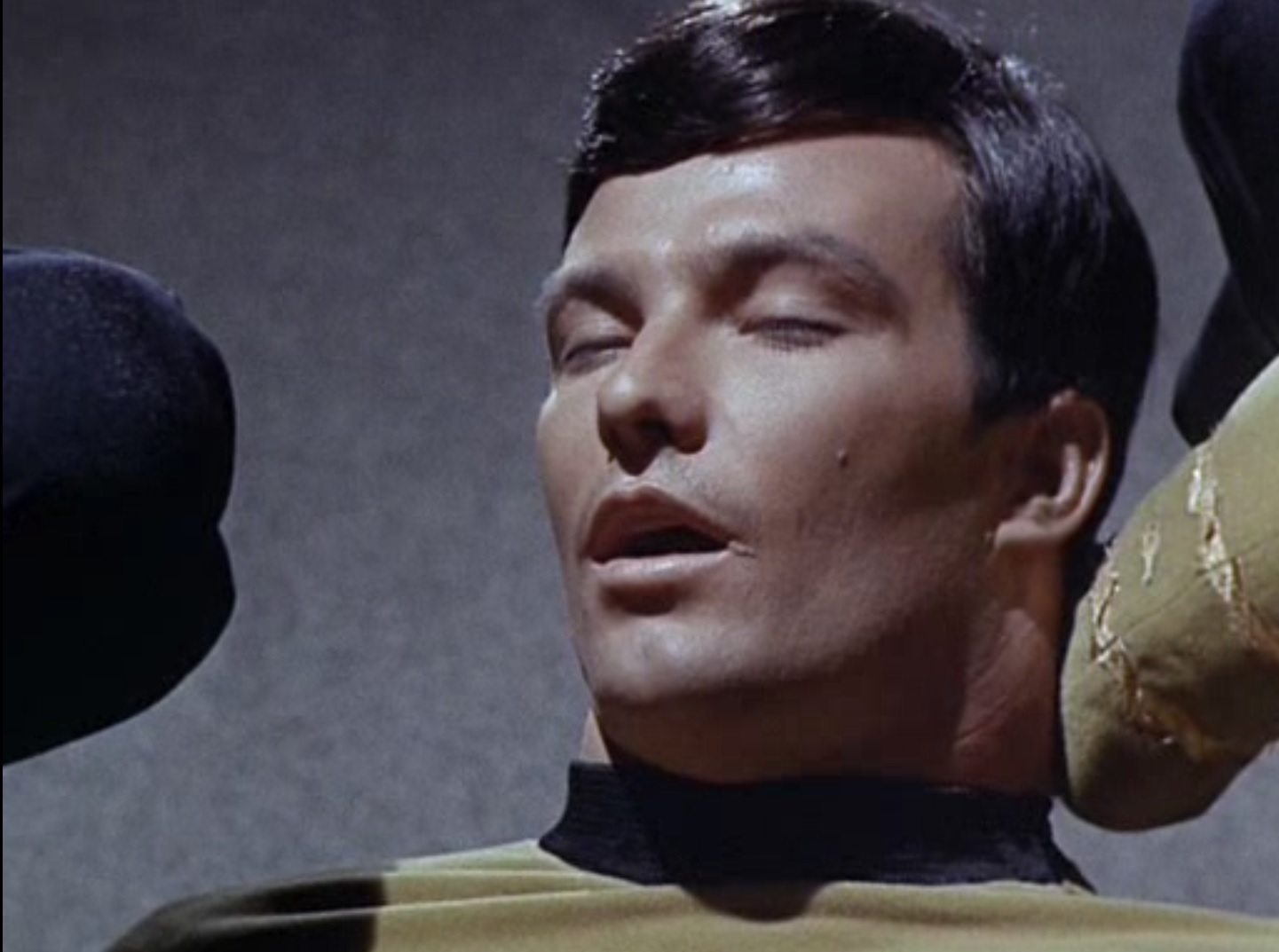
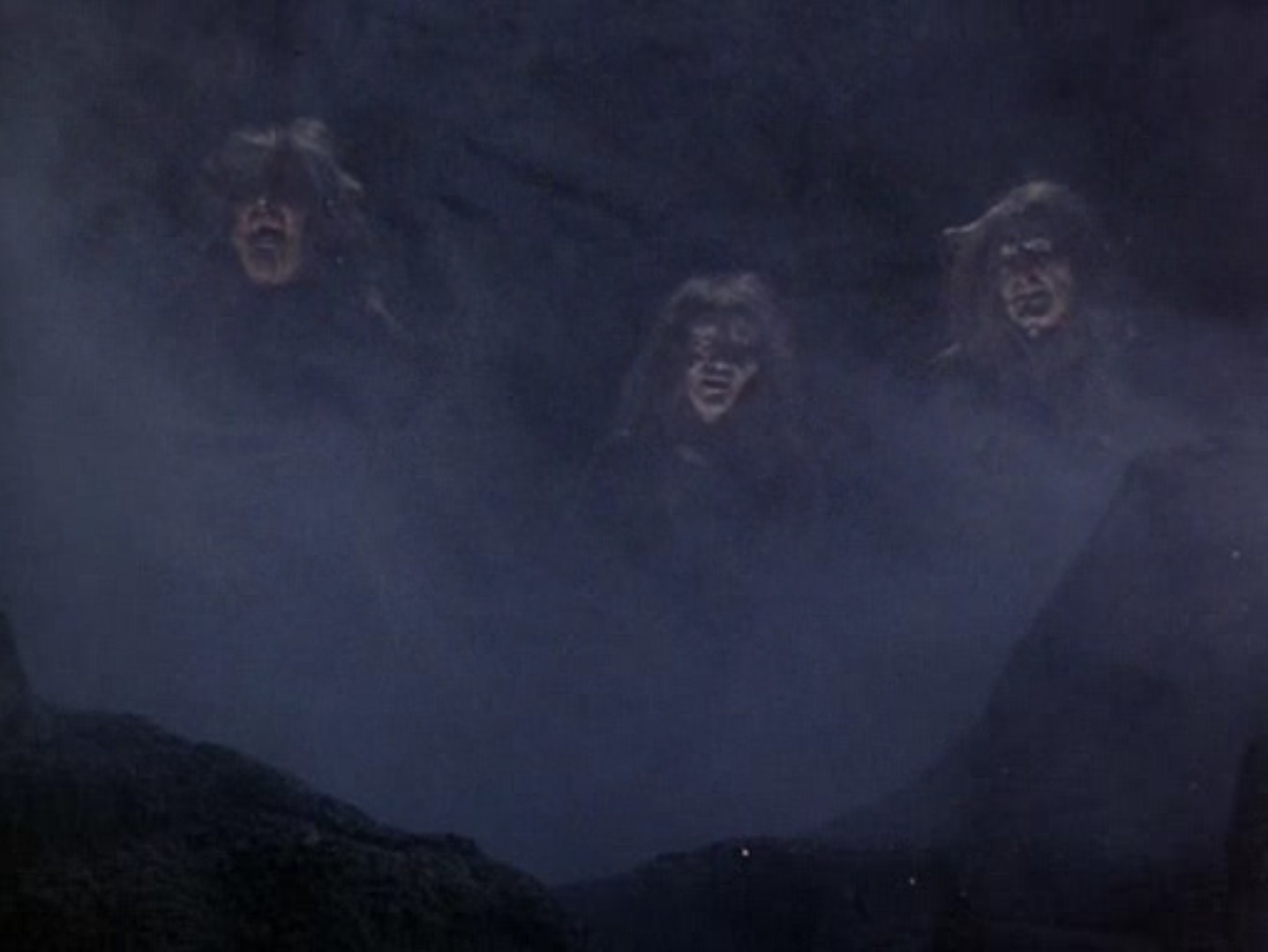
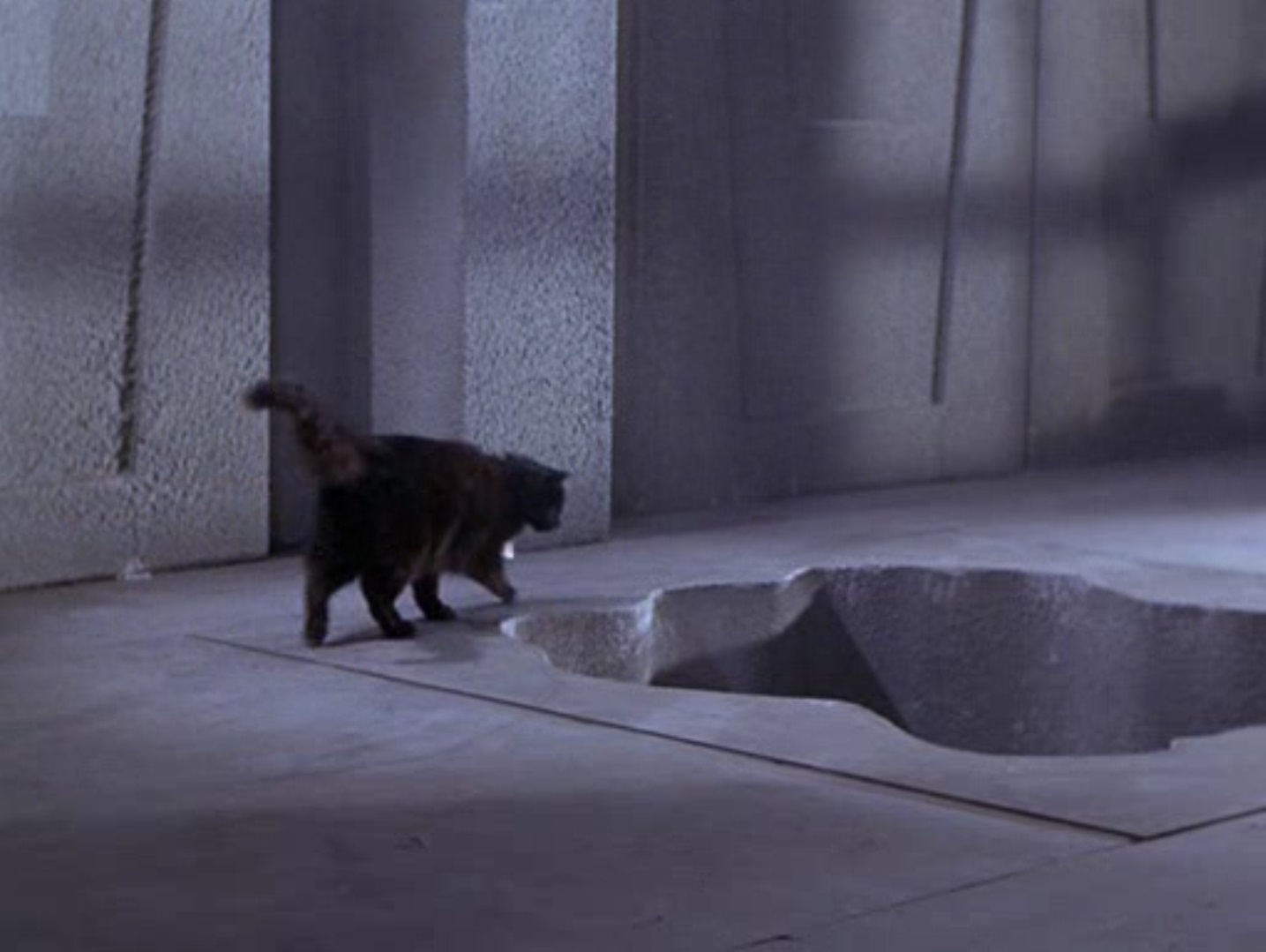
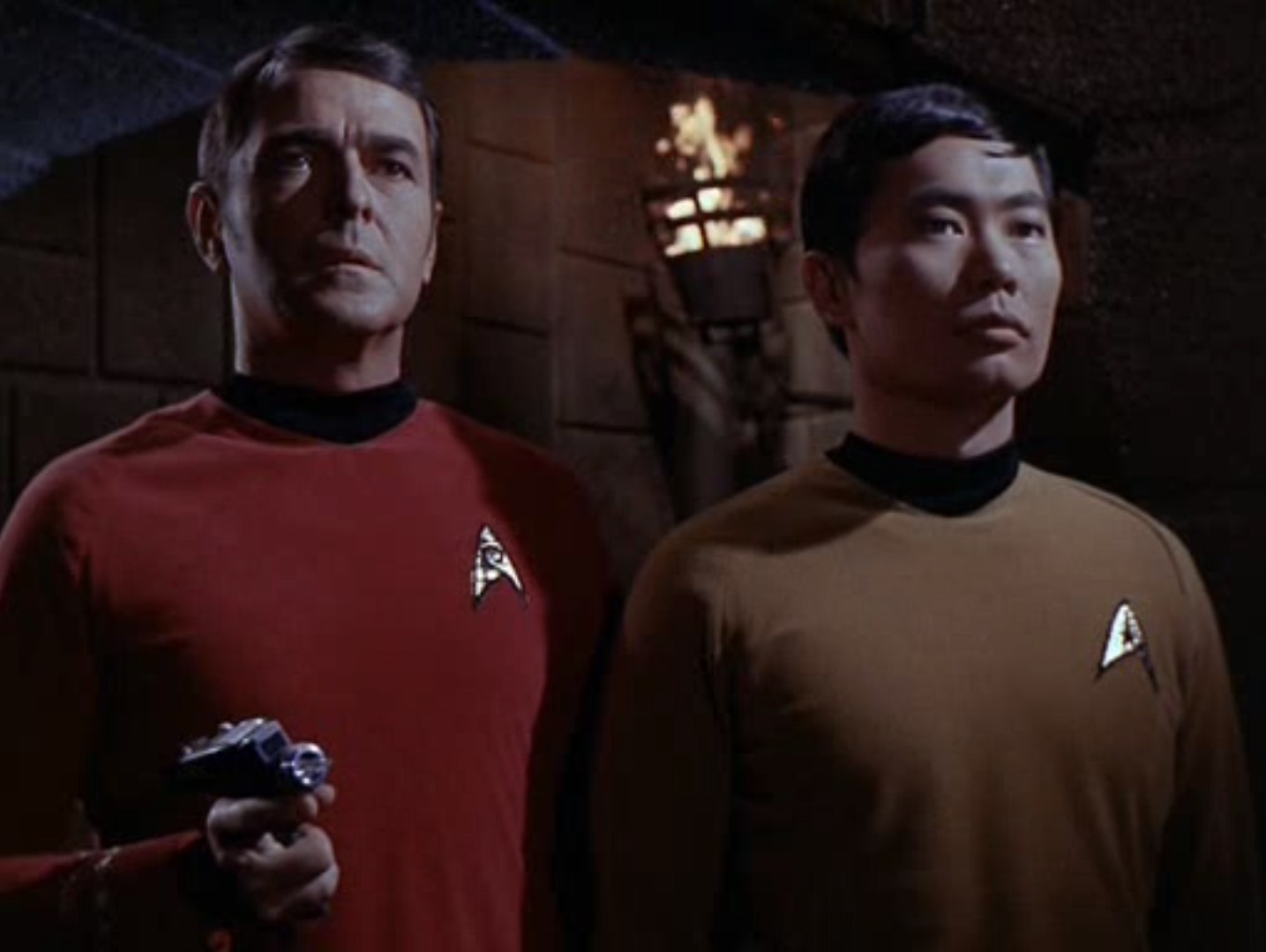
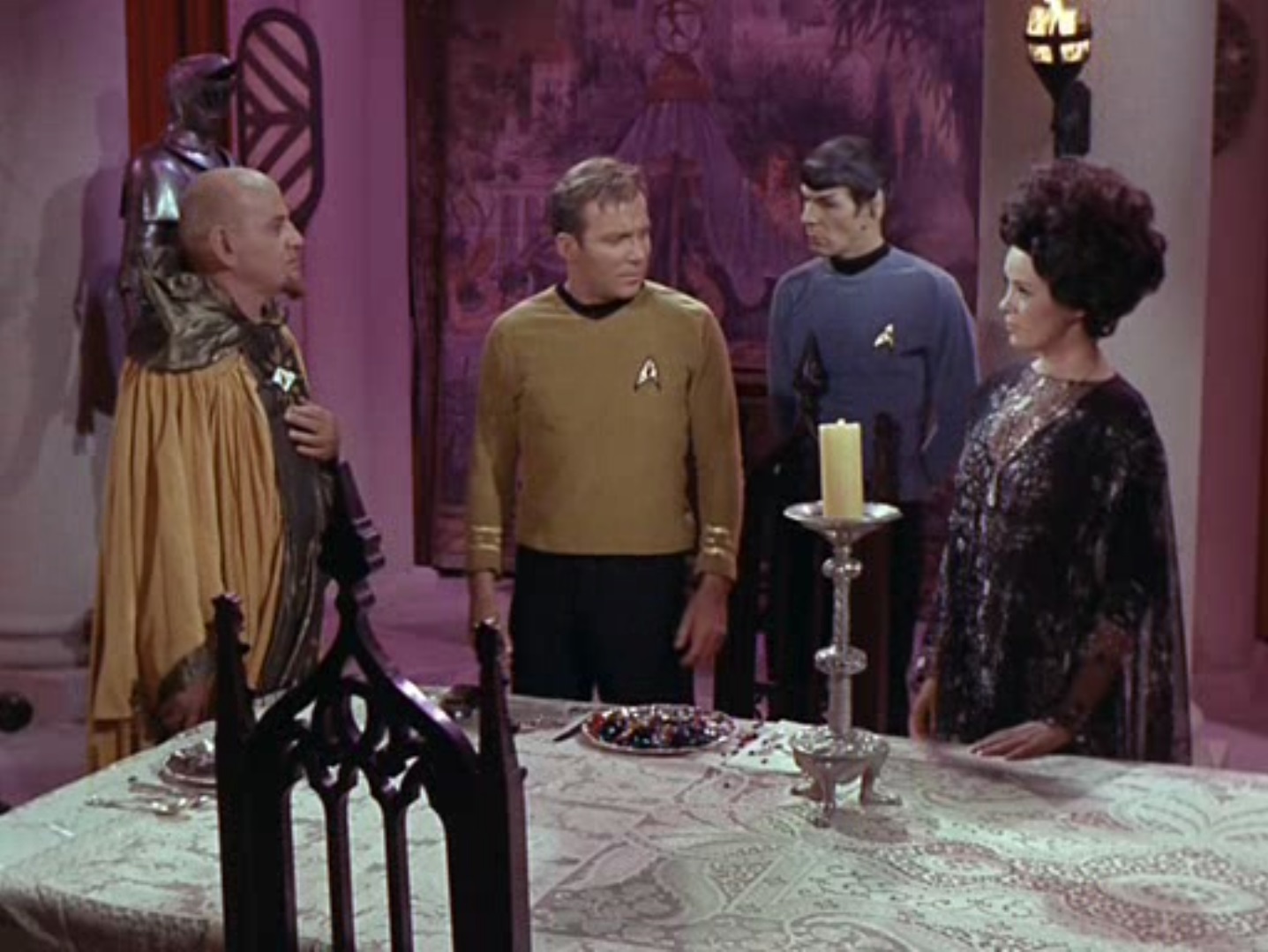
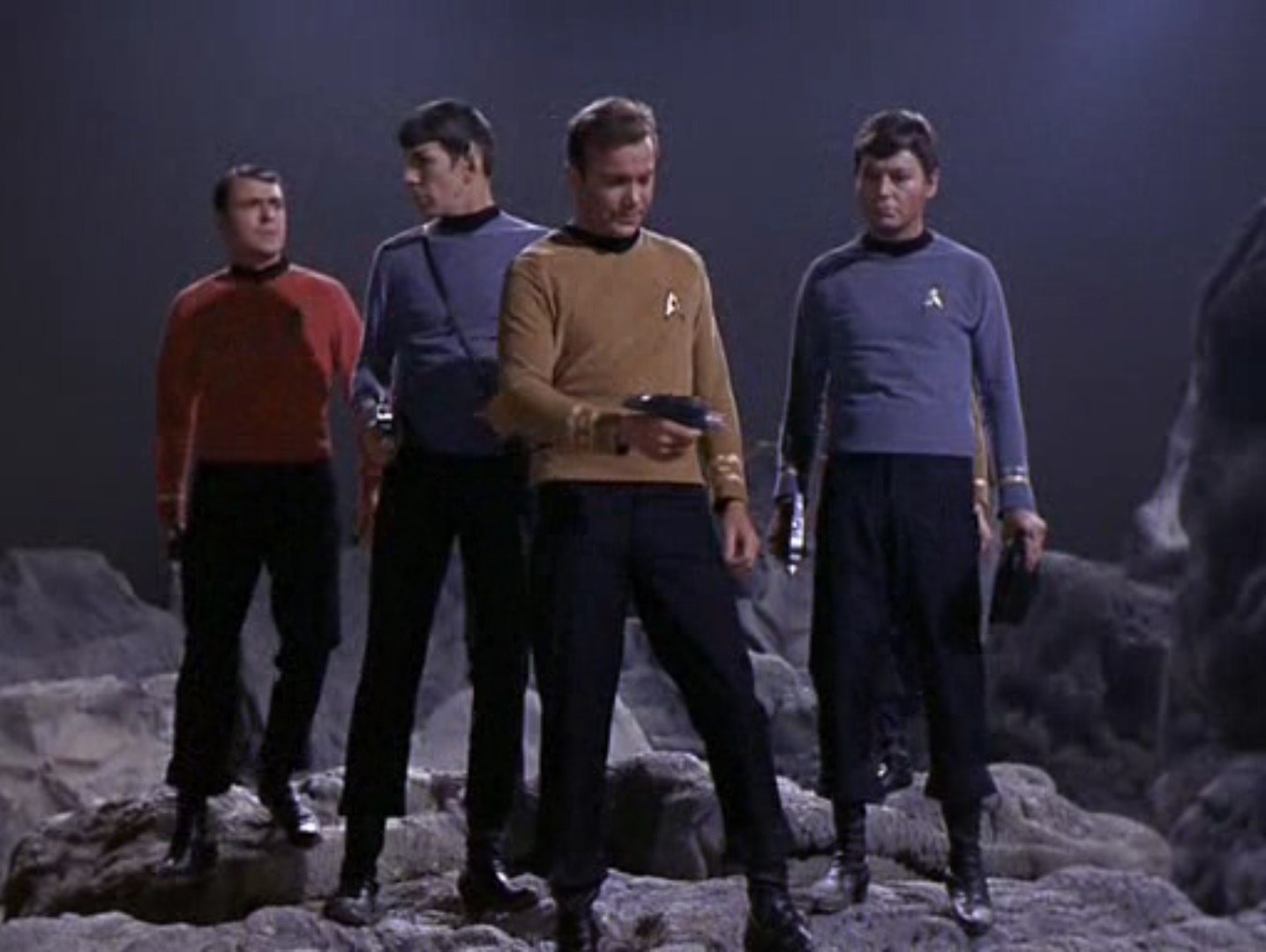


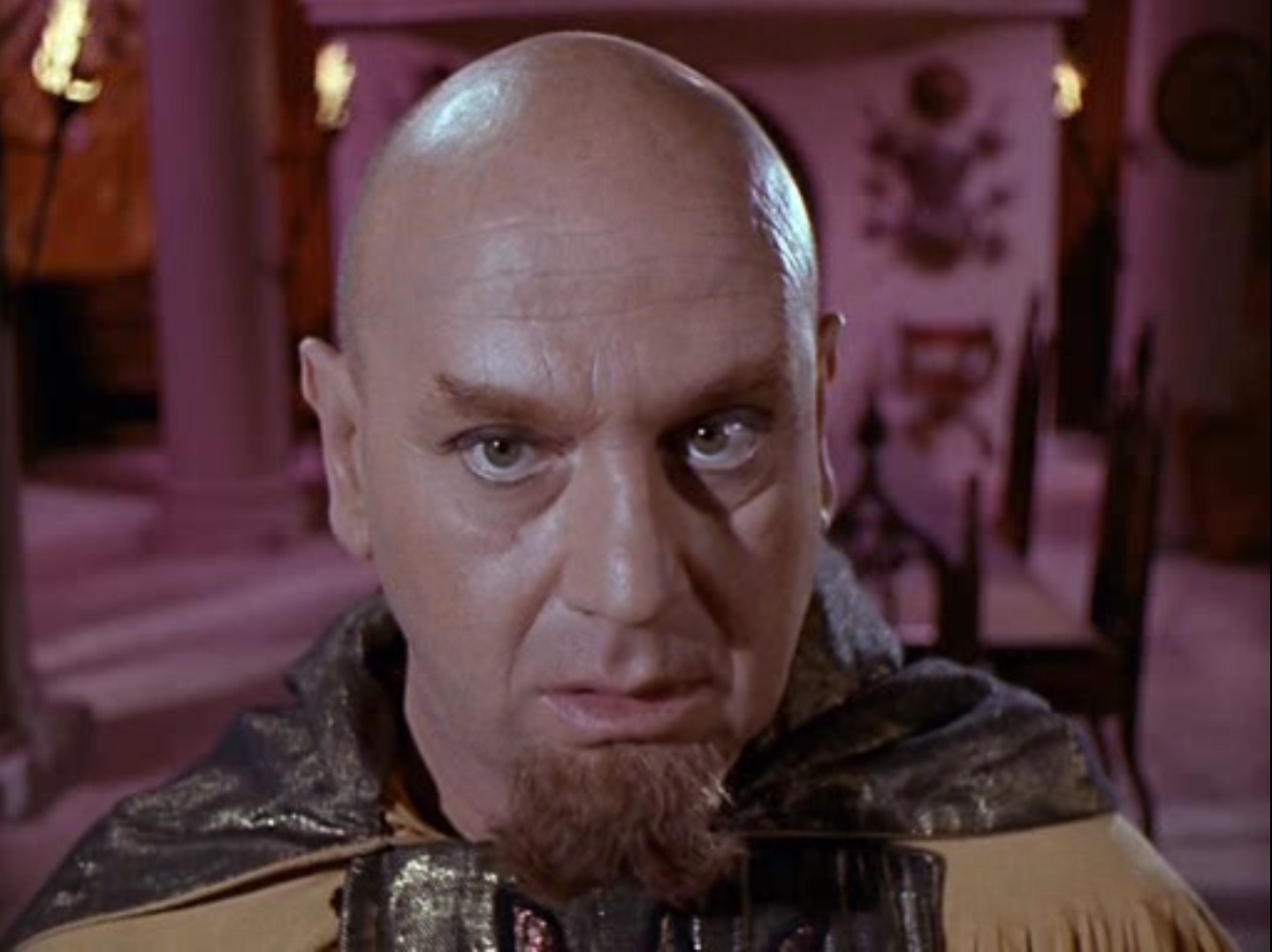
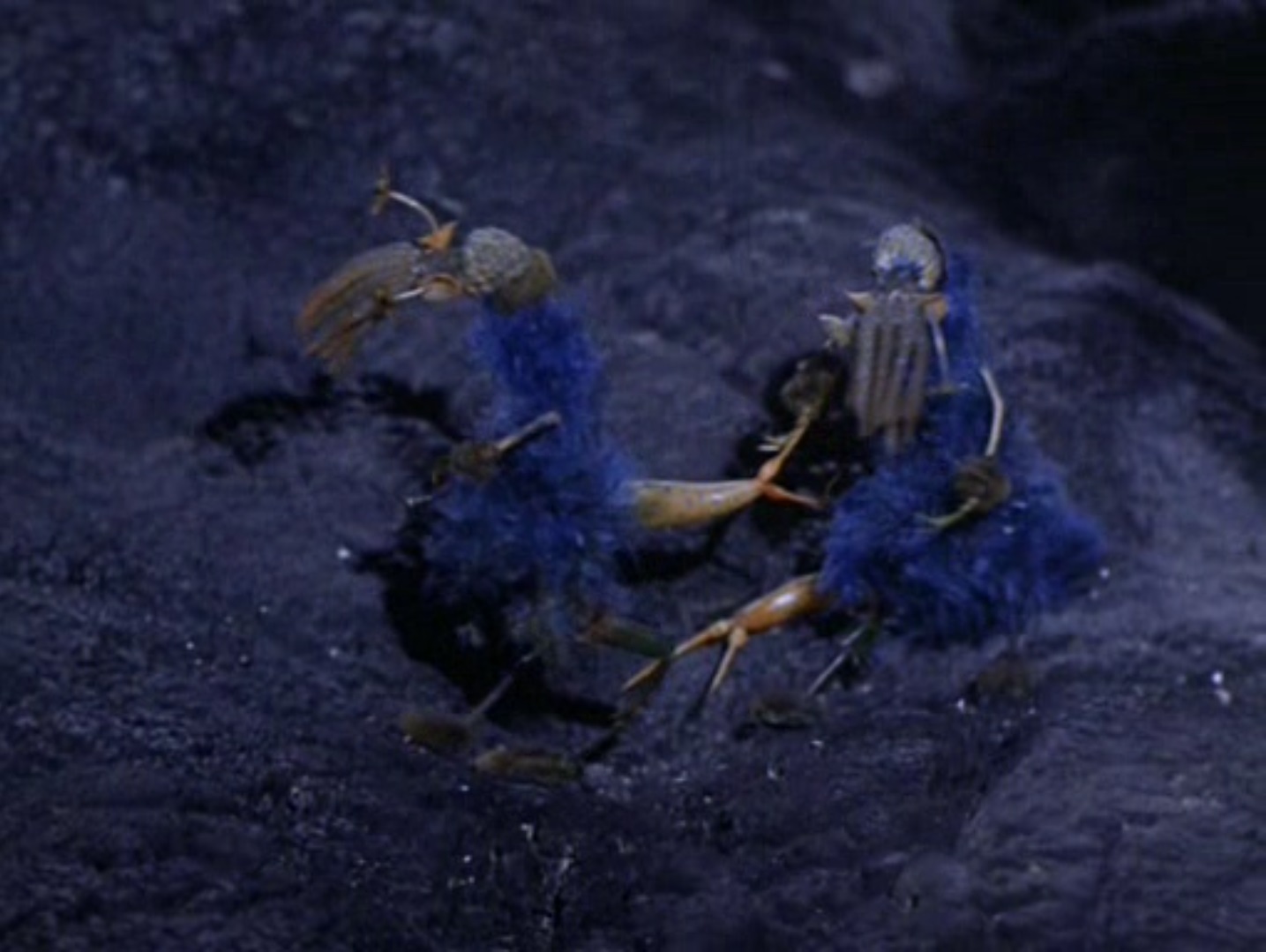
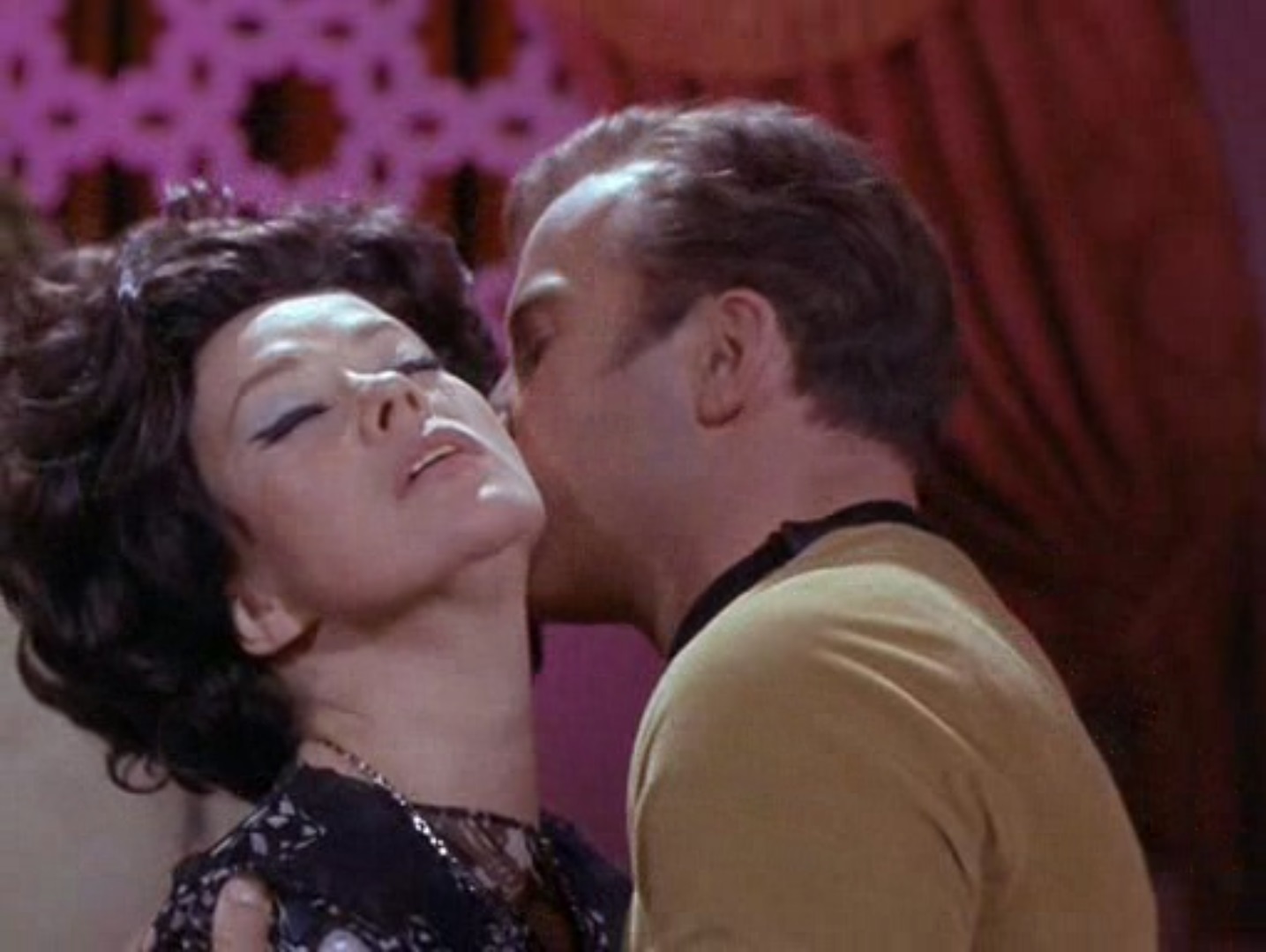

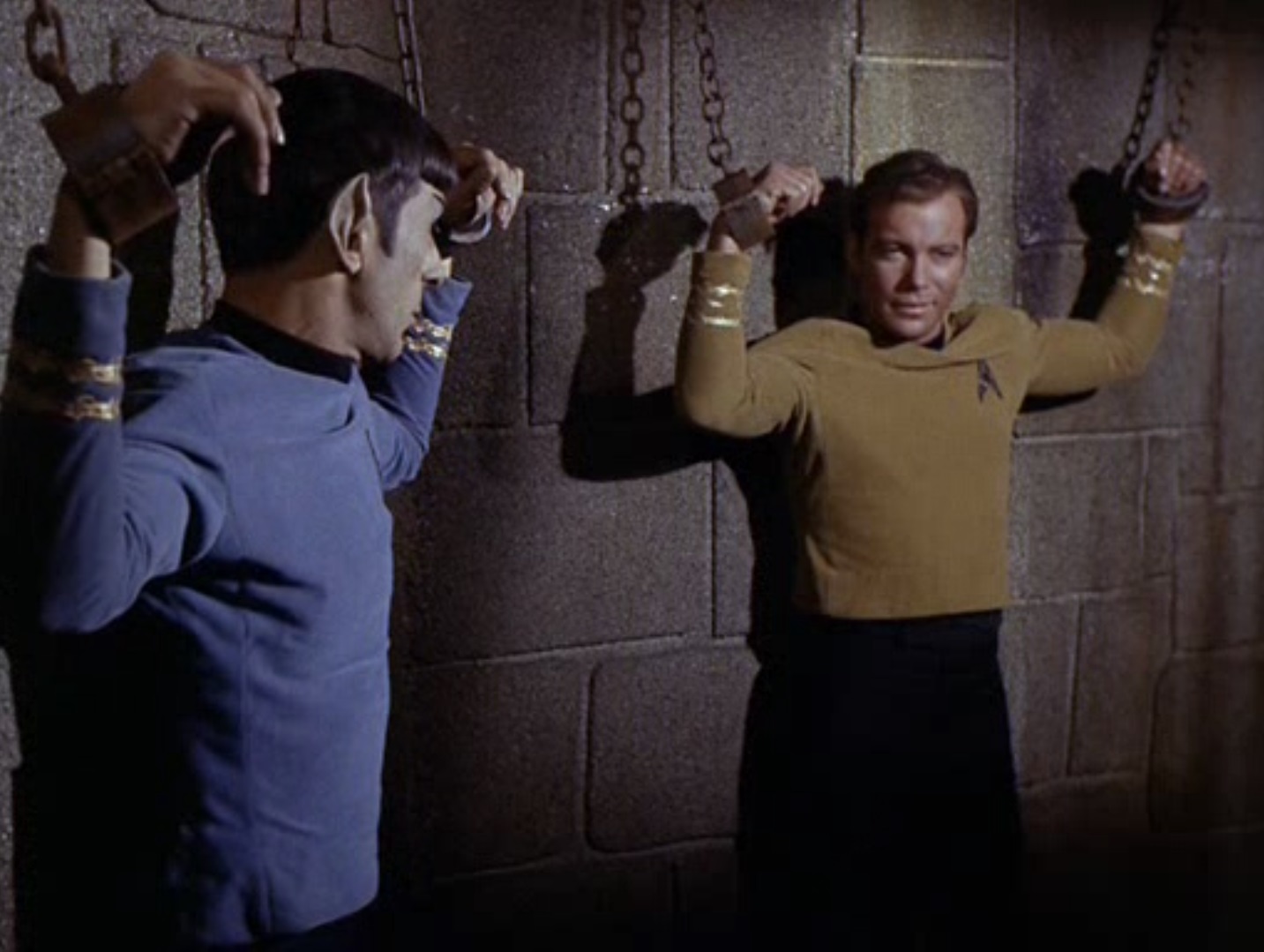
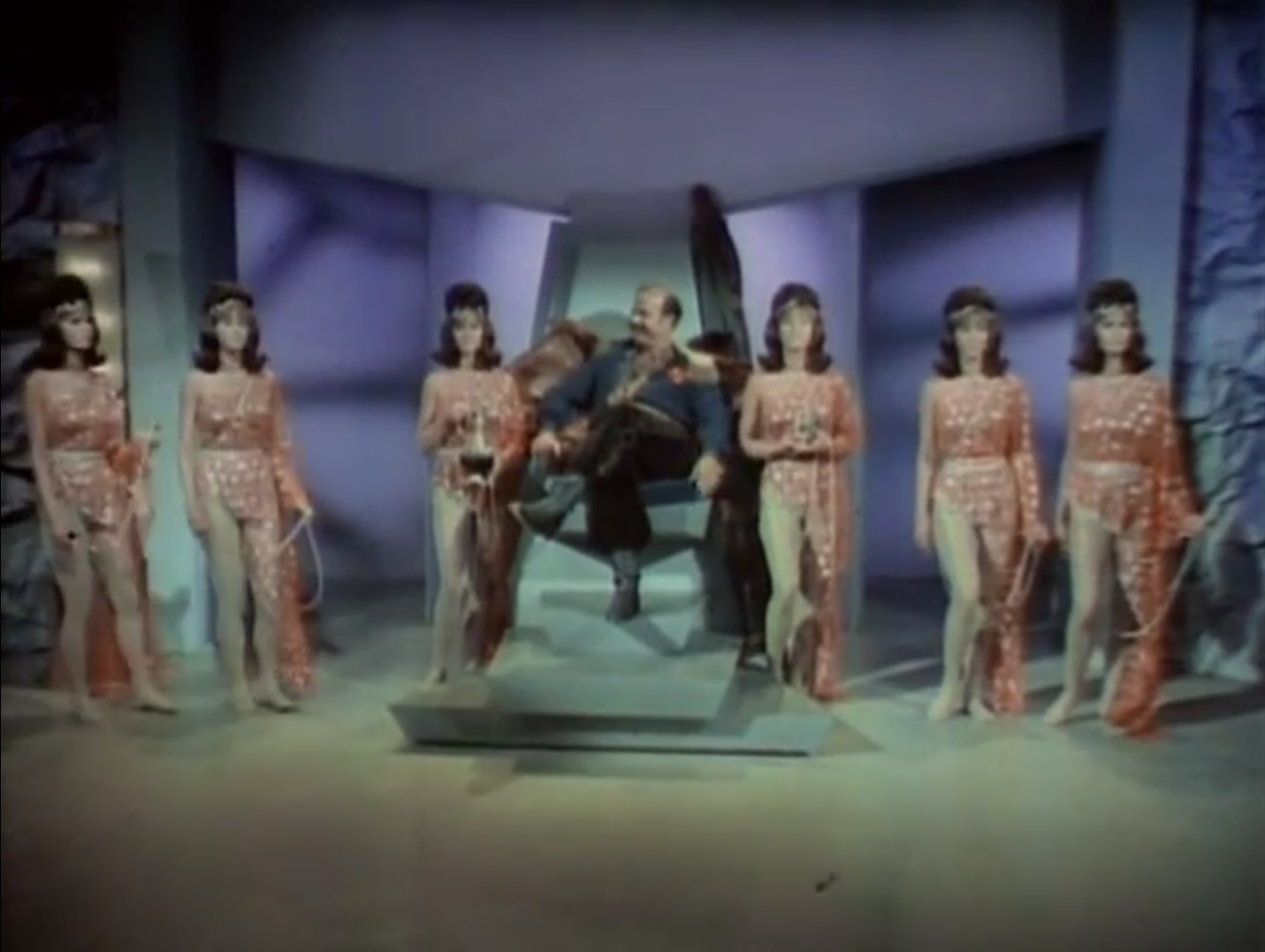
![[October 10, 1967] Jack the Ripper and Company (<i>Dangerous Visions</i>,Part One)](https://galacticjourney.org/wp-content/uploads/2022/10/1967_Dangerous-Visions-hc-2-672x372.jpg)

![[June 10, 1967] Music To Read By (July 1967 <i>Fantastic</i>)](https://galacticjourney.org/wp-content/uploads/2022/05/fantastic_196707-2-1.jpg)



















![[May 6, 1967] Stirred? Shaken? (June 1967 <i>Amazing</i>)](https://galacticjourney.org/wp-content/uploads/2022/05/amz-0667-cover-504x372.png)

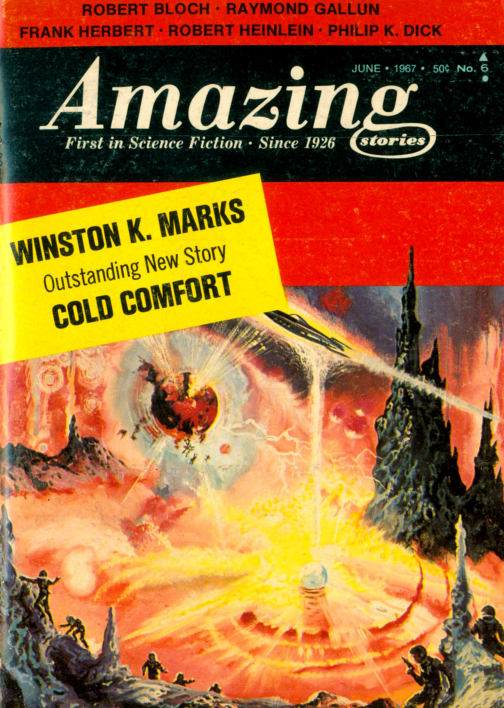

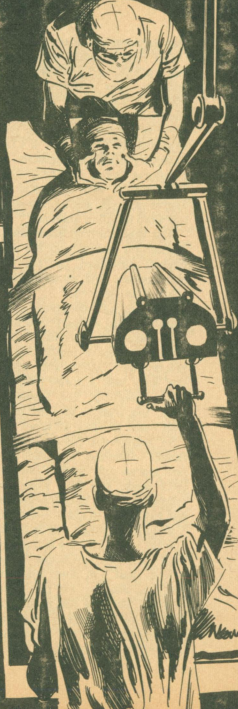
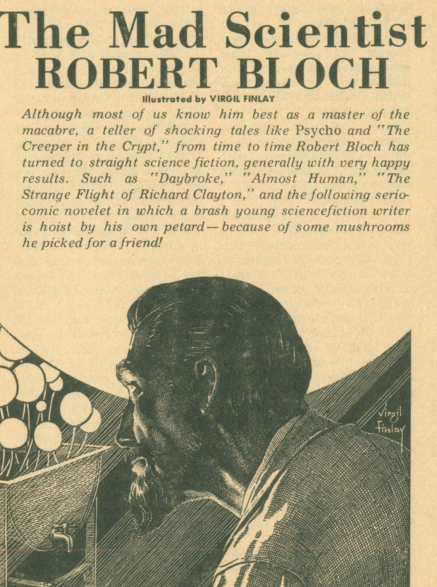
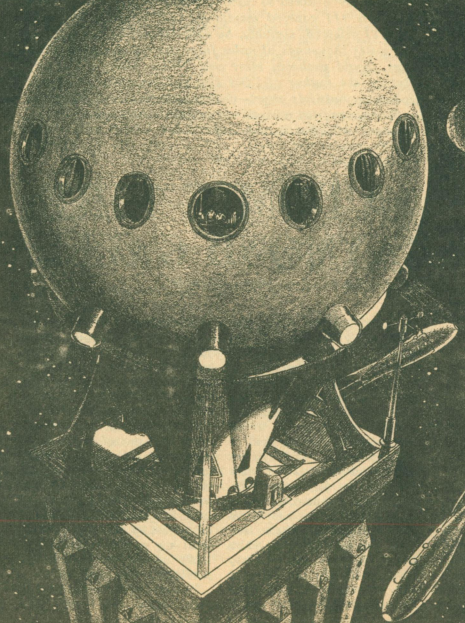
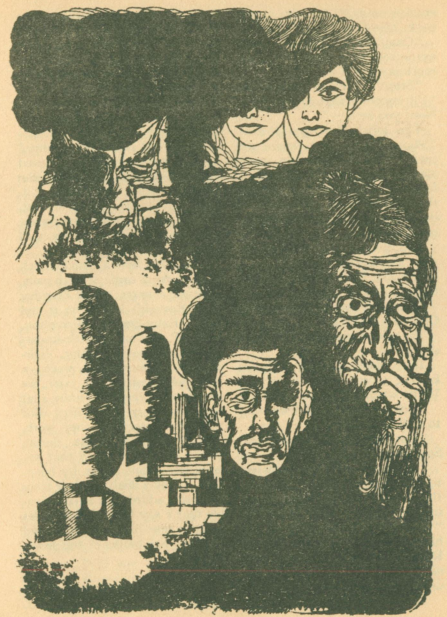
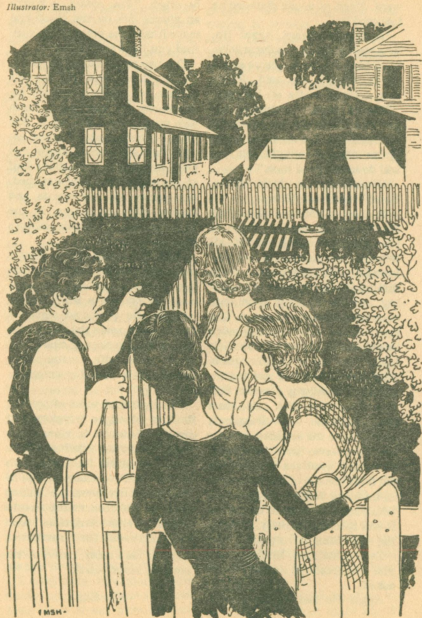
![[April 16, 1967] The Generation Gap (May 1967 <i>Fantastic</i>)](https://galacticjourney.org/wp-content/uploads/2022/03/Fantastic_v16n05_1967-05_0000-2-672x372.jpg)


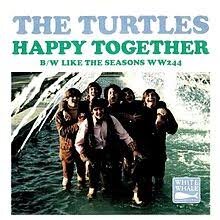
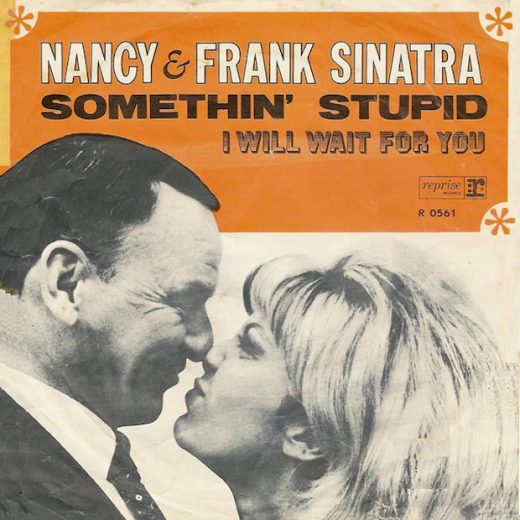
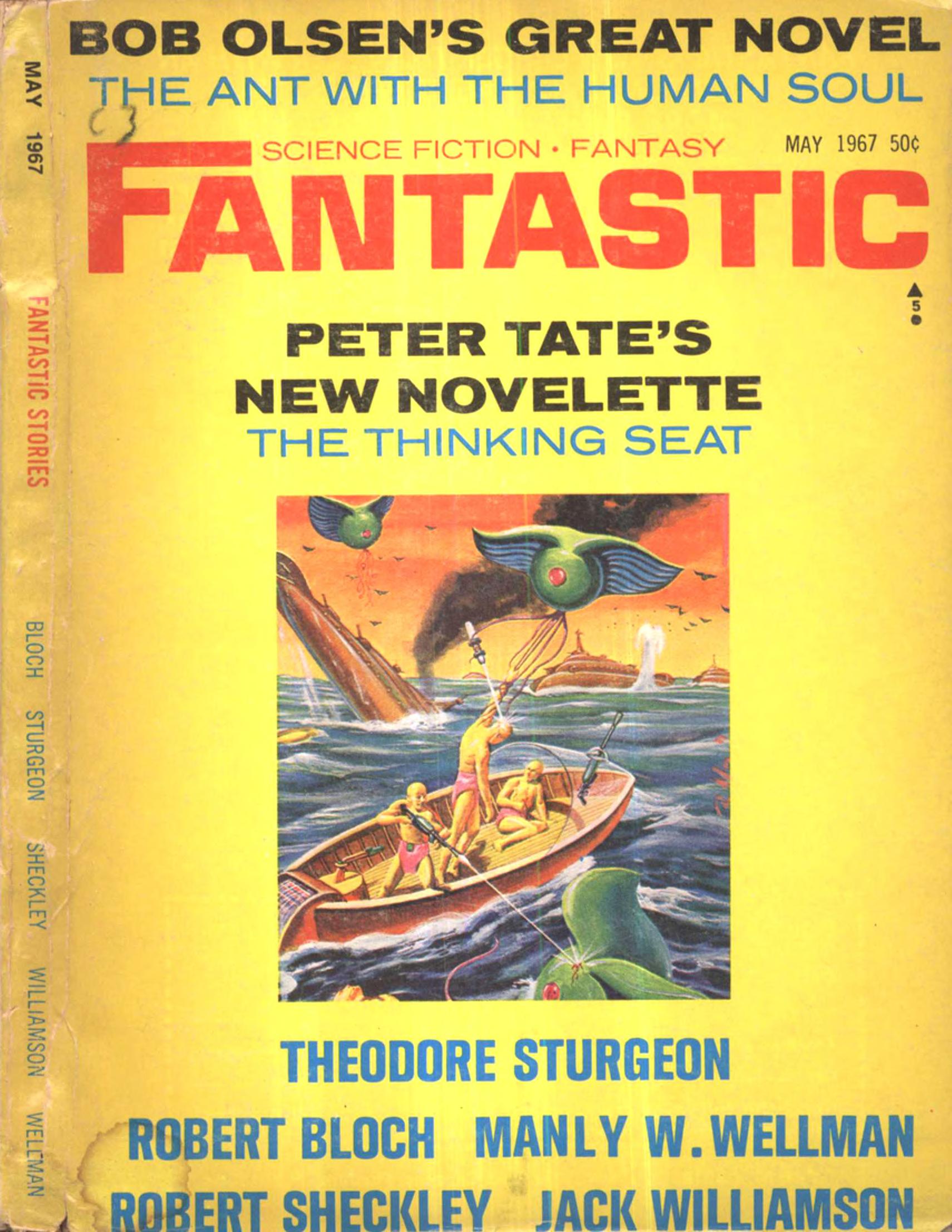
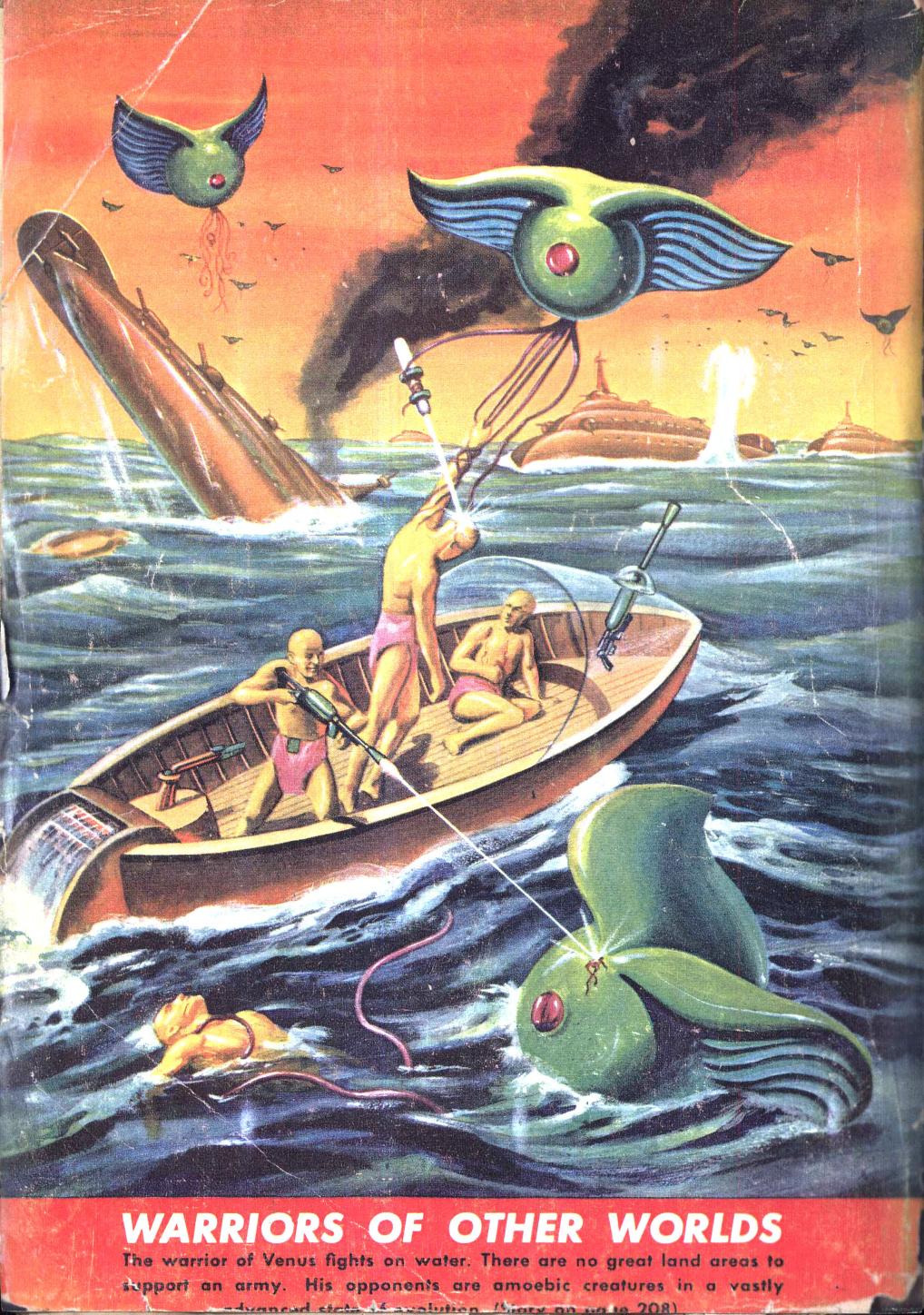

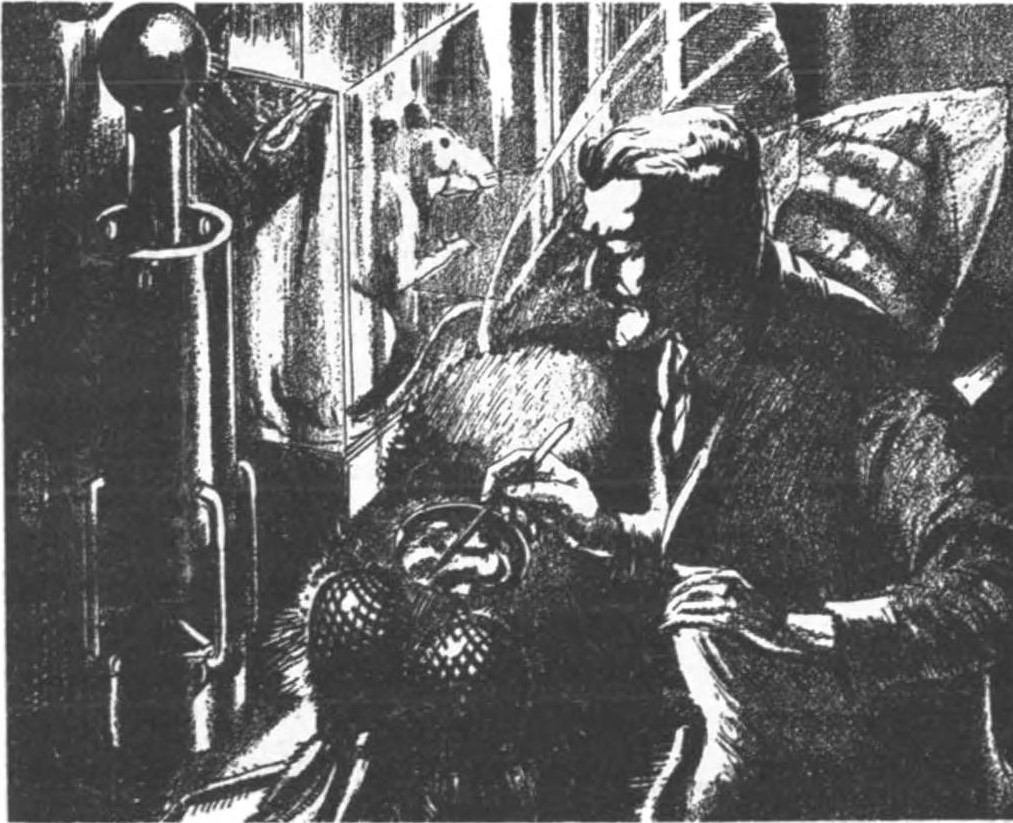
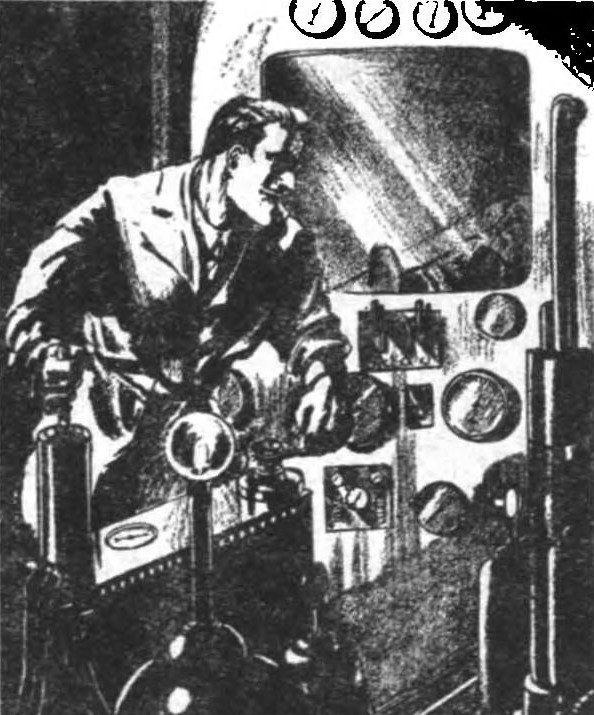
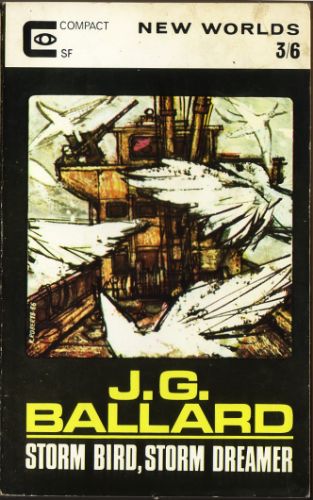
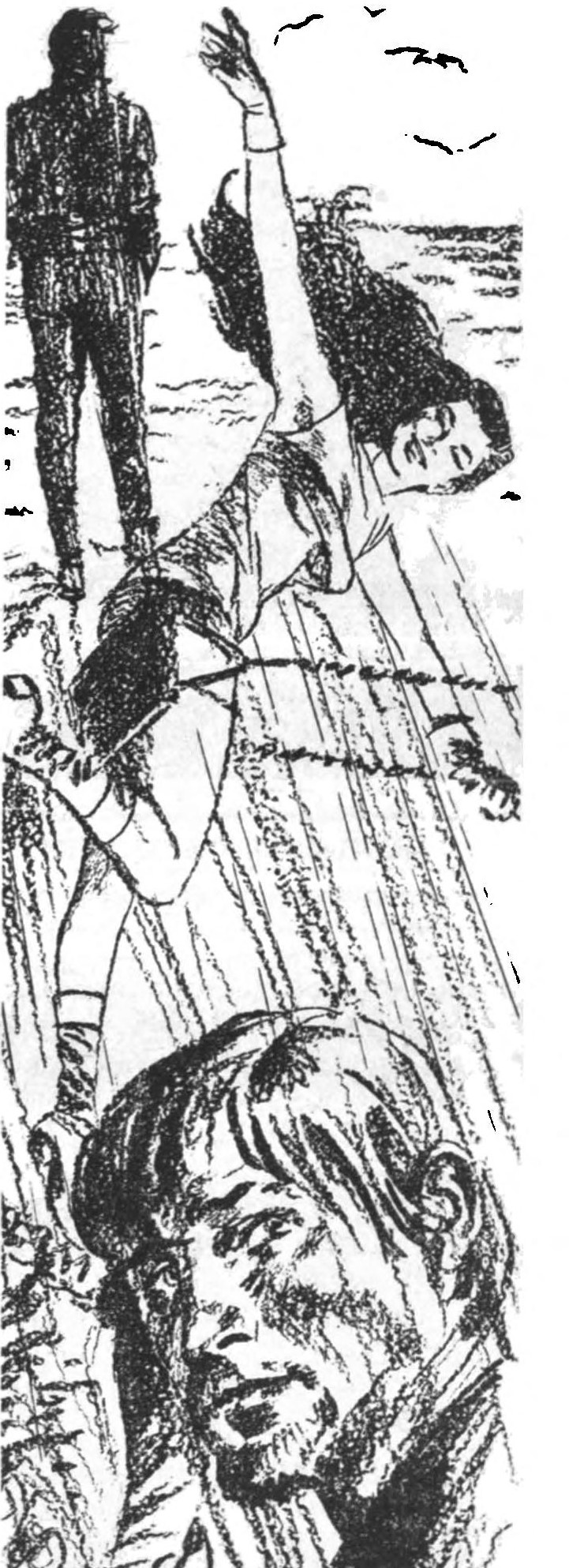



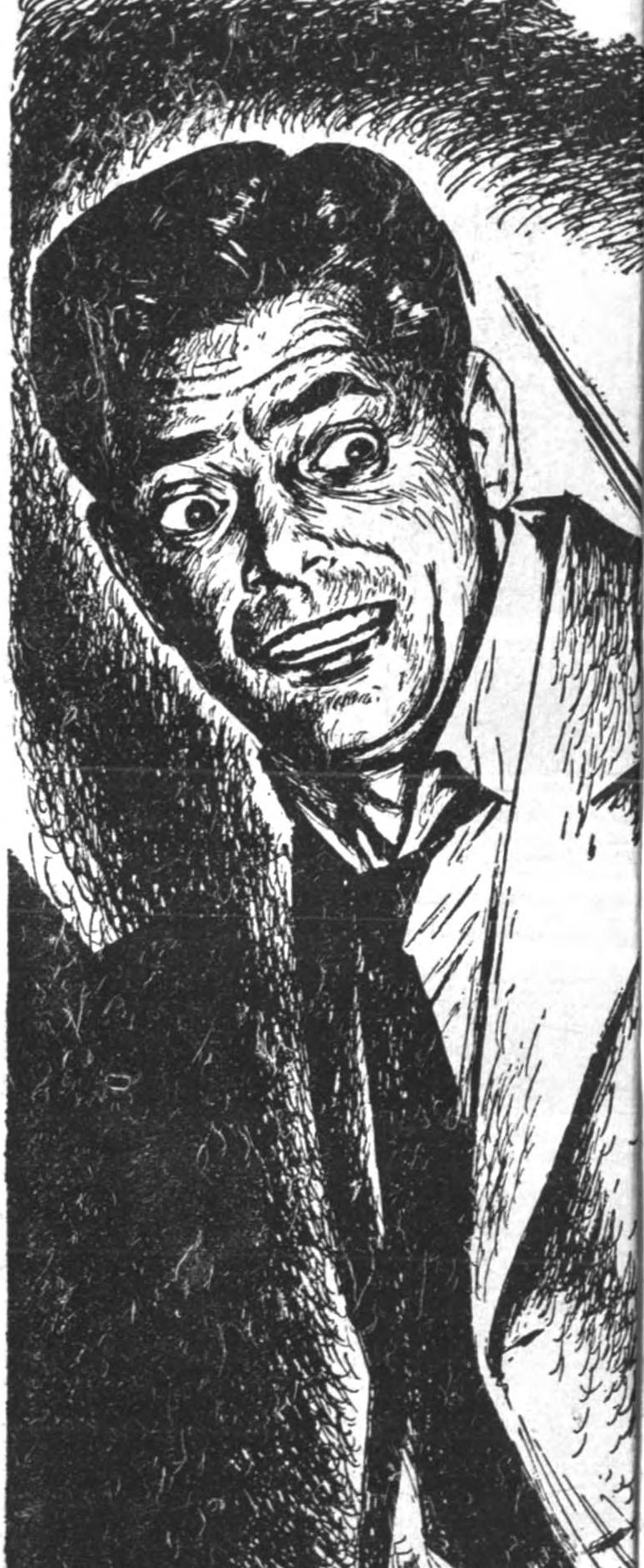

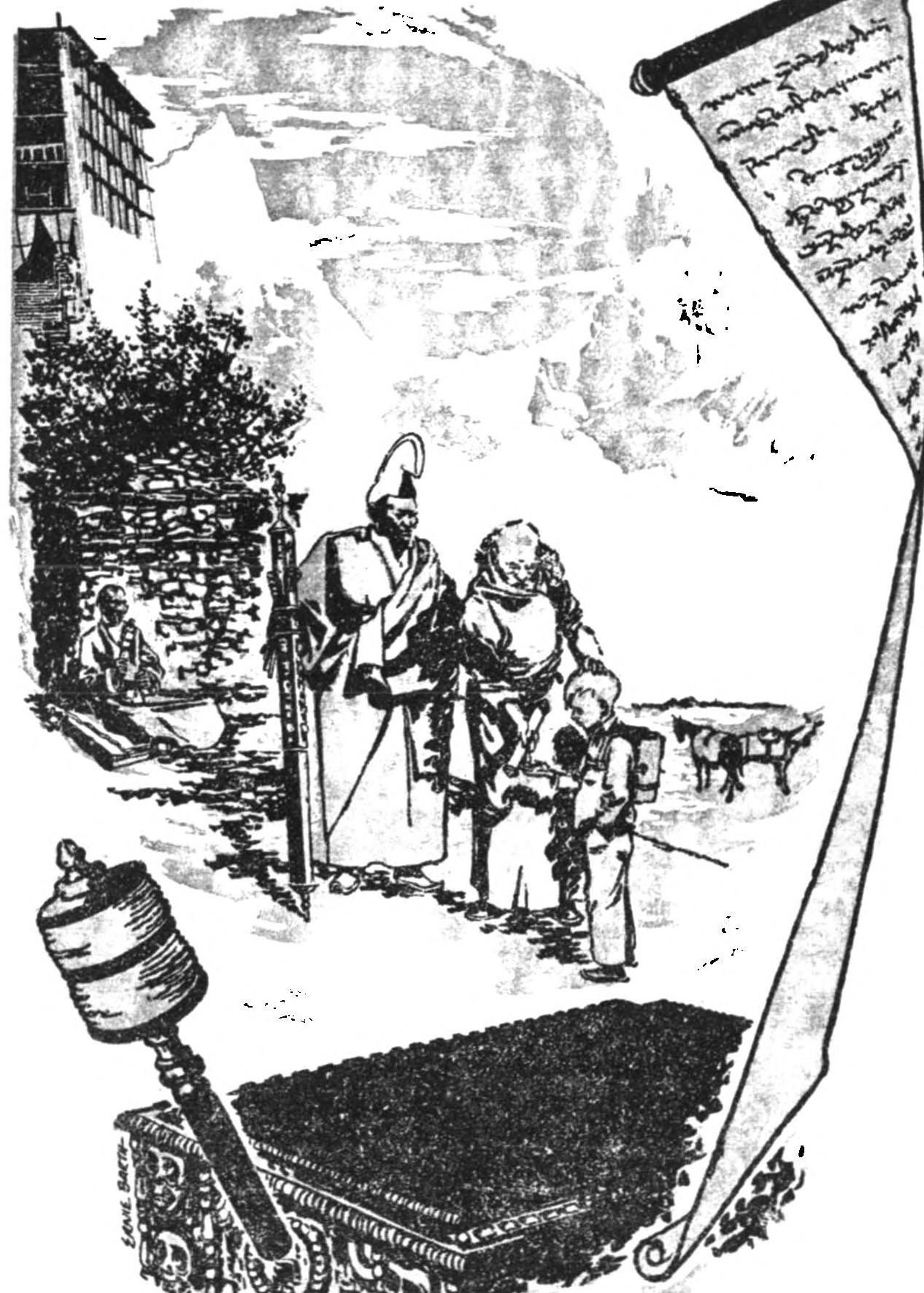
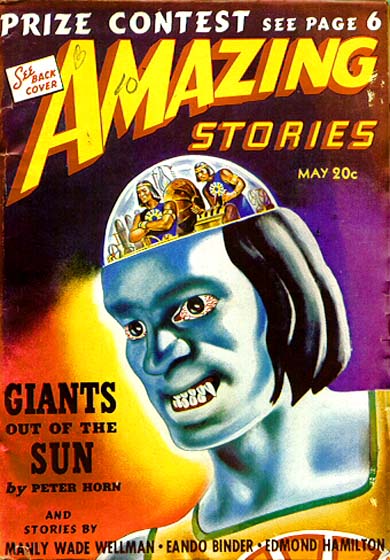


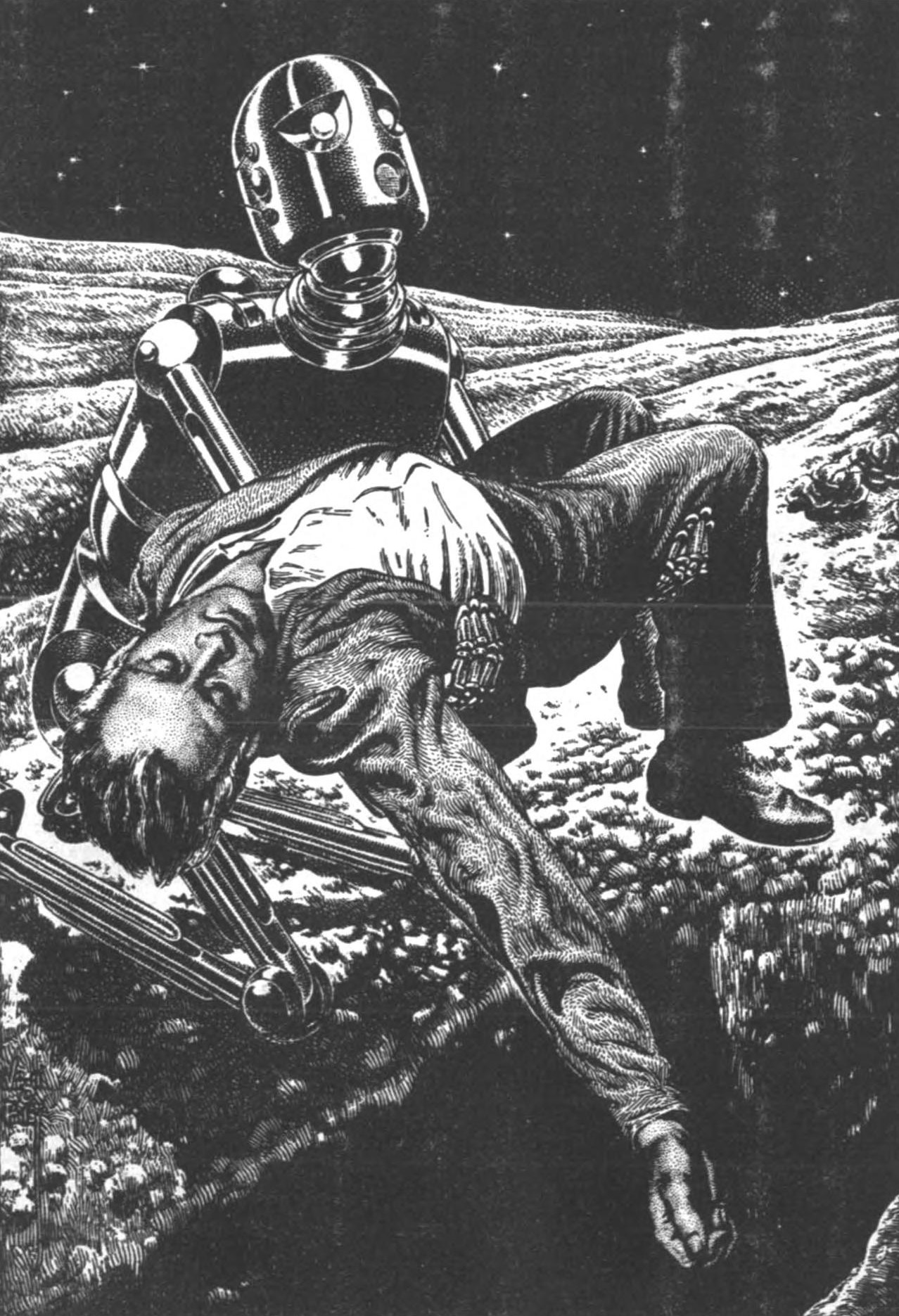

![[October 26, 1966] <i>Star Trek</i>: "What are Little Girls Made of?")](https://galacticjourney.org/wp-content/uploads/2021/10/661026a-672x372.jpg)






















![[June 10, 1966] Summer Reruns (July 1966 <i>Fantastic</i>)](https://galacticjourney.org/wp-content/uploads/2021/05/fantastic_196607-2.jpg)


